Are you feeling left out of the current zero-torque putter revolution? Did you try a zero-torque putter and it didn’t work for you? You are not alone. Not everyone will benefit from switching to zero-torque.
Chin up, Skipper. Toulon Golf’s new Formula putter line could have just the mallet you are looking for.
The line includes three takes on the same mallet design. The first two are fairly standard modern mallets. The Toulon Formula [CS] is center-shafted and face-balanced. The Toulon Formula [90] is a zero-torque design, imbued with the expected Toulon construction fanciness.
The third model is an odd one. In fact, I don’t know that I have ever seen a putter like the Toulon Formula [45] before.
If you tried zero-torque and it didn’t work, the Formula [45] may be the one that makes it to the altar.
The Toulon Formula putter line basics
Before we get to the specific models, let’s touch upon some of the shared characteristics of the Toulon Formula putter models. By now, most of you are likely familiar with Toulon’s build quality. From their production putter lines to their ultra-fancy Small Batch putters, Toulon prides themselves on their craftsmanship.
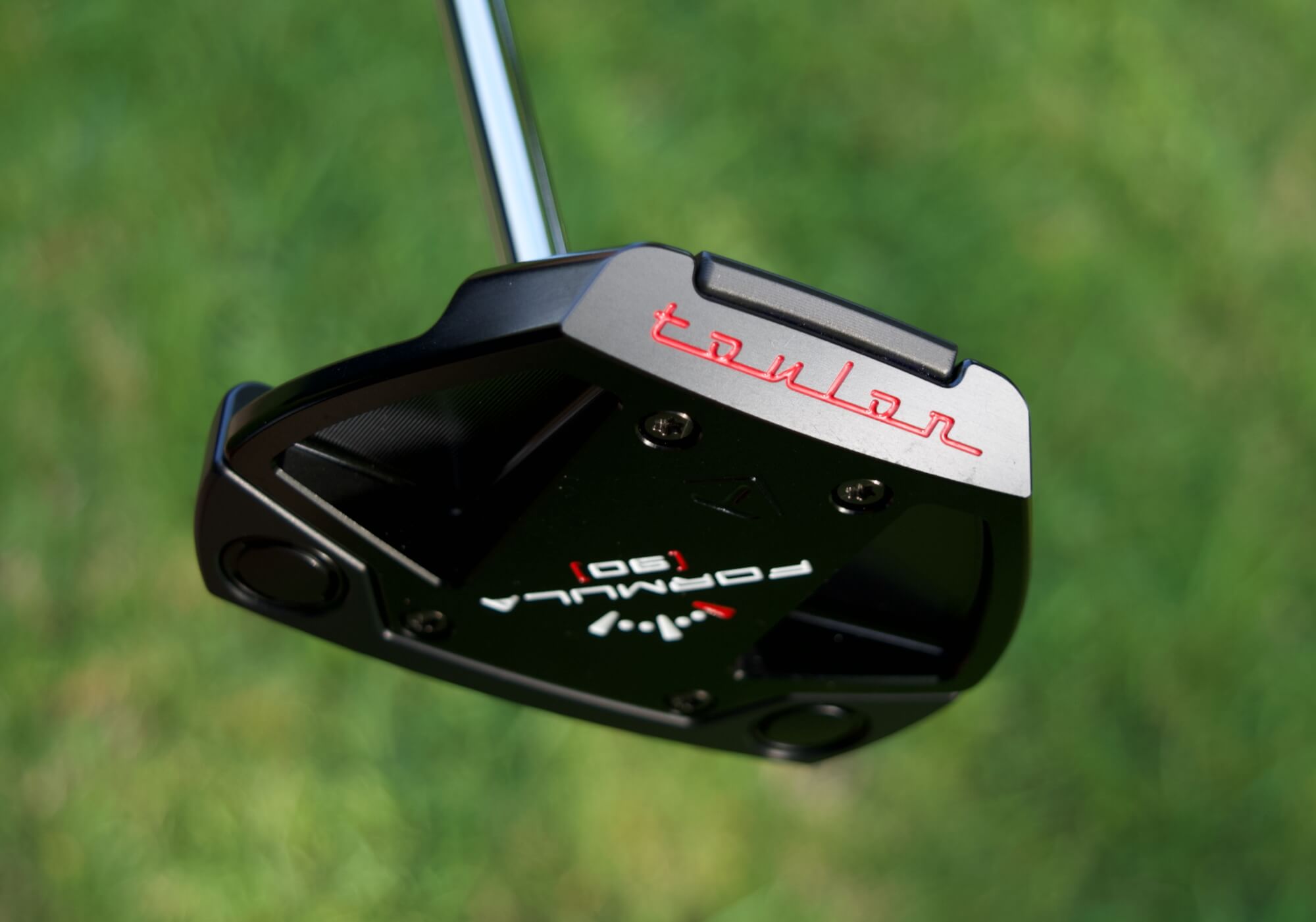
For the Formula putter line, Toulon paid as much attention to the precision milling and overall aesthetics as they did the functional elements of the putters. From the racecar-inspired paint scheme to the Deep Diamond Mill face pattern, Toulon’s attention to detail is apparent.
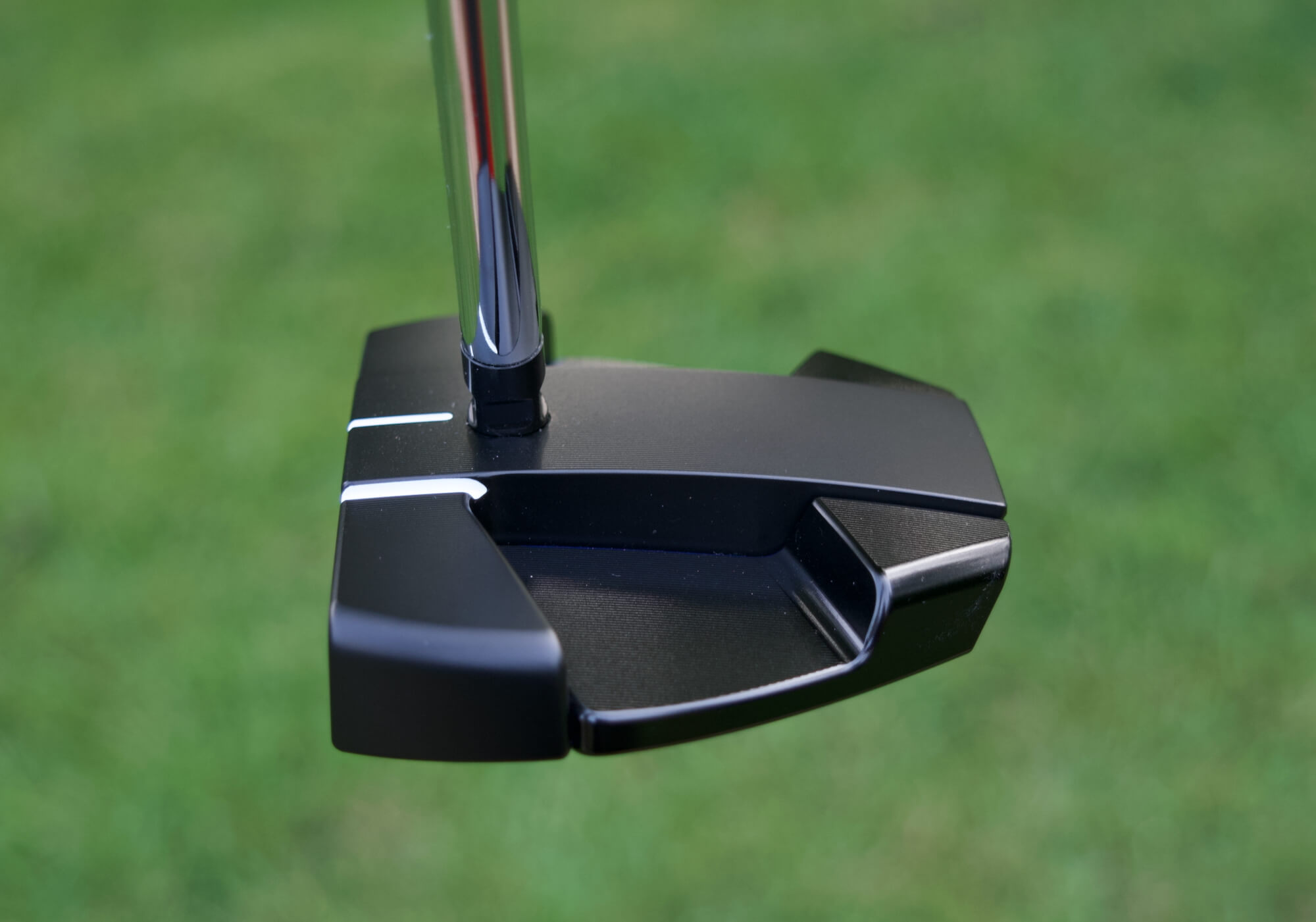
The Formula models are new interpretations of the Toulon 2025 Collection Miami shape (which evolved from the Toulon Daytona Beach).
They are lookers but the Toulon Formula putters are still intended to be used on the putting green. Even if you ignore the torque story, you will still find other assistive putting technologies such as face-forward weighting, alignment assisting body contours and high MOI values.
In fact, MOI is above 6,000 for all three models, making the Toulon Formula putters very forgiving on off-center strikes.
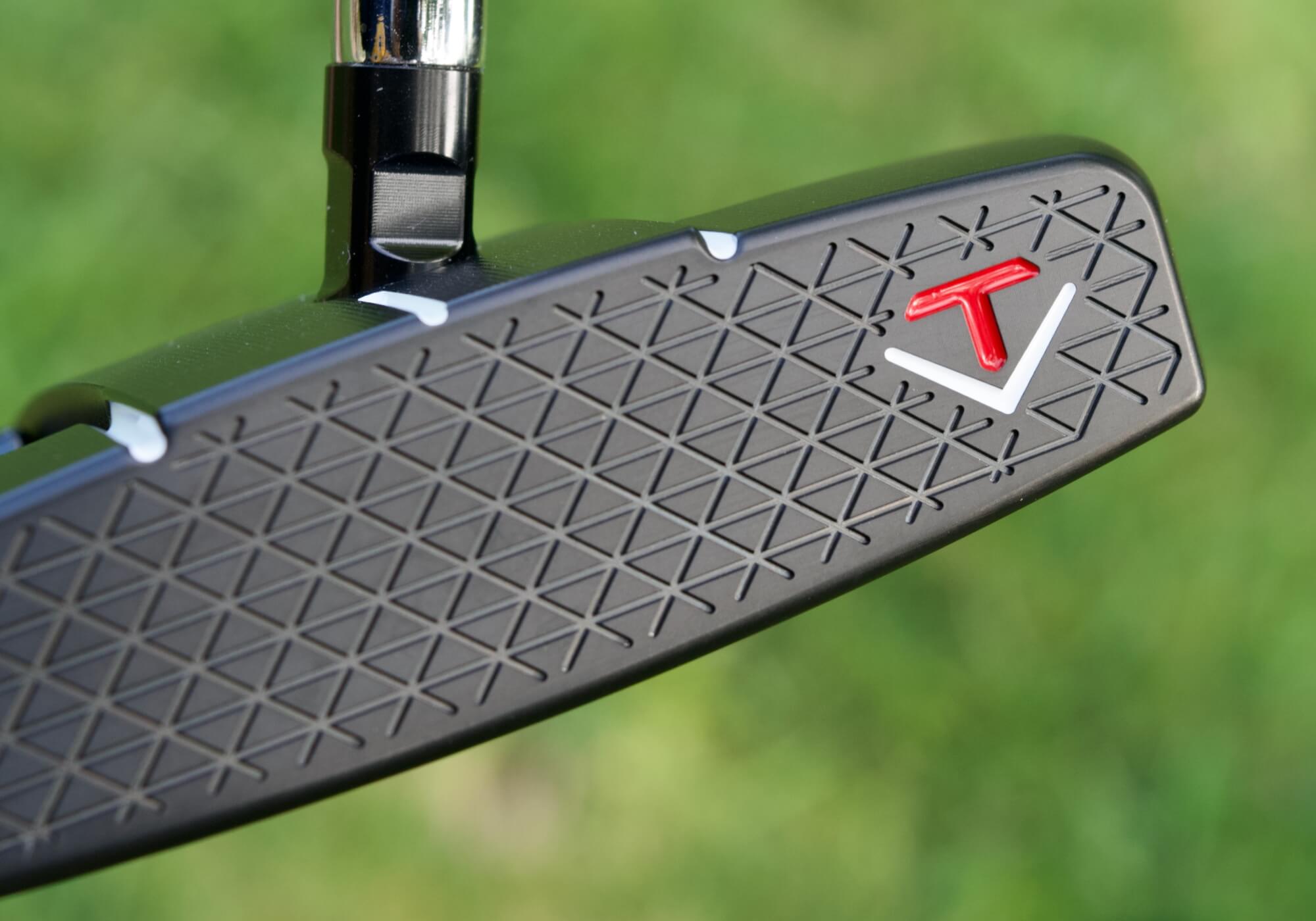
Don’t forget that Xander Schauffele won a couple of major championships with a putter featuring Toulon’s Deep Diamond Milled face. That face gives the Formula putters a soft, yet responsive, roll.
Ultimately, the Toulon Formula putter story will focus on torque but these putters are still Toulon putters in all other aspects as well.
Toulon Formula torque profiles
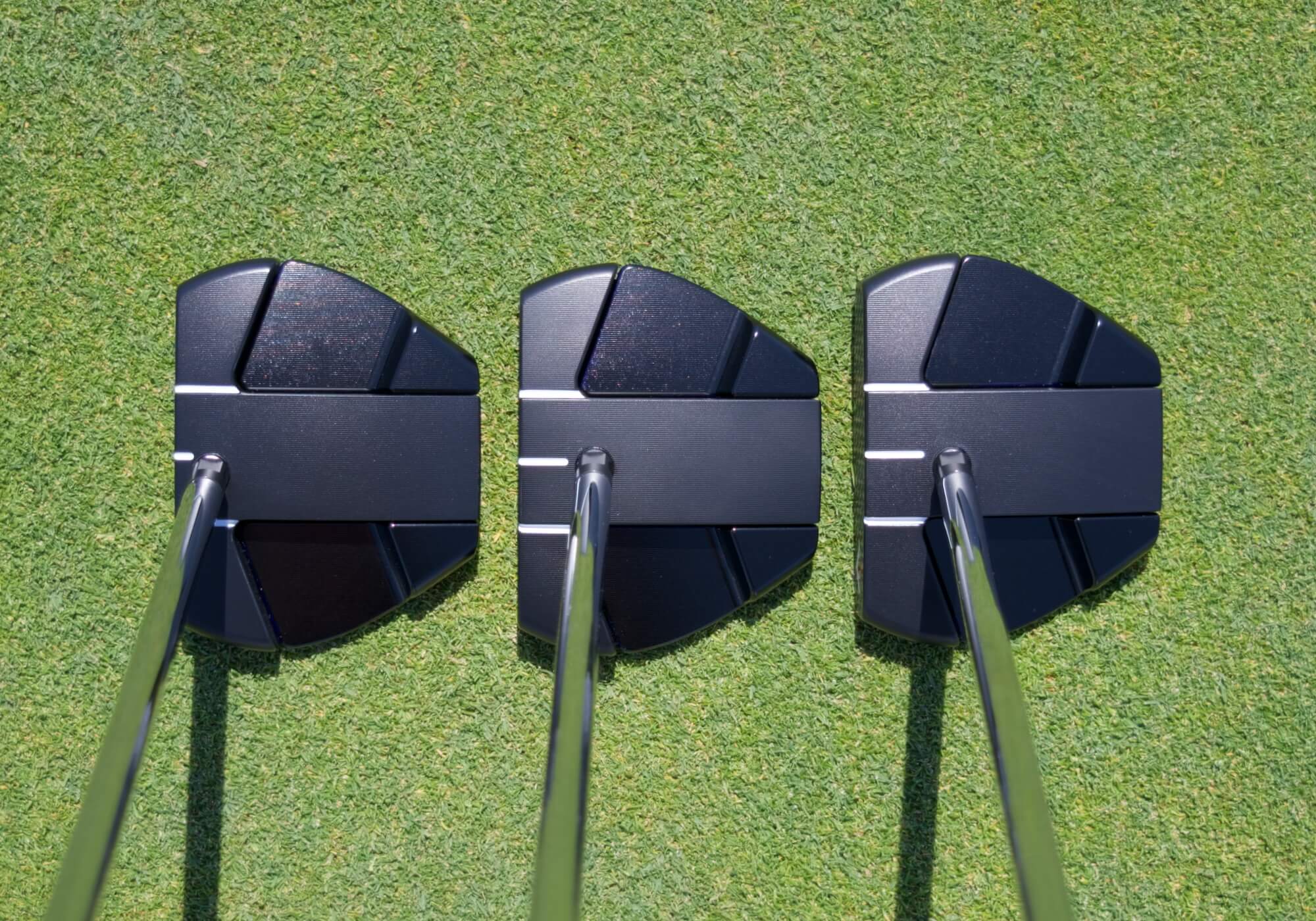
Though the head shapes for the Toulon Formula putter line are all very similar, they have very different torque profiles. By positioning the shaft at three different insertion points, Toulon was able to create three different levels of torque for the three Formula mallets.
Let’s take a look at the two standard models first and then get to the oddball outlier.
Toulon Formula [CS]
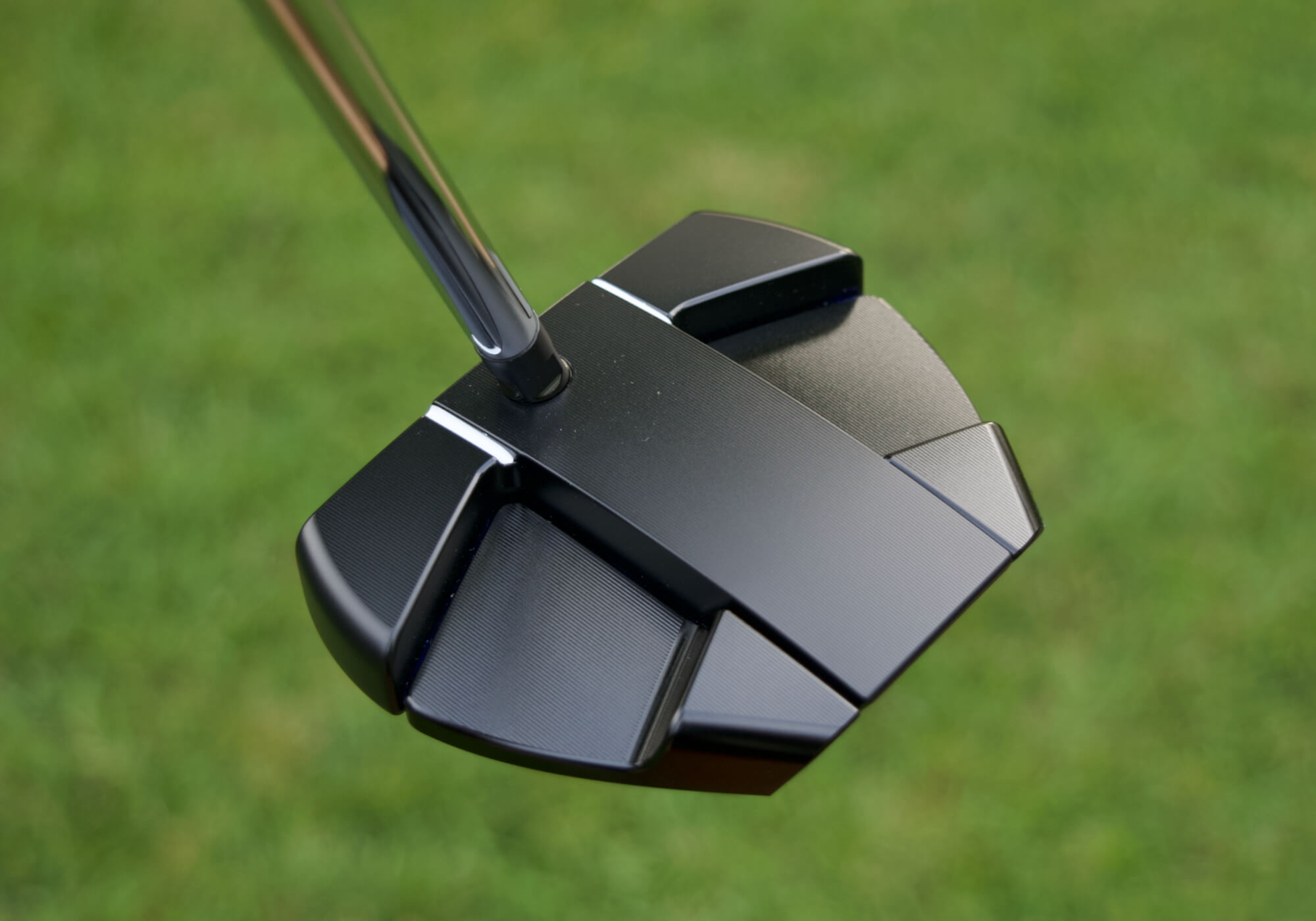
The Toulon Formula [CS] would have fit nicely into the Toulon 2025 Collection. It looks like a center-shafted version of the 2025 Miami, especially at address. When you flip it over, you’ll see that the sole plate shape is the same as the Miami, just smoother.
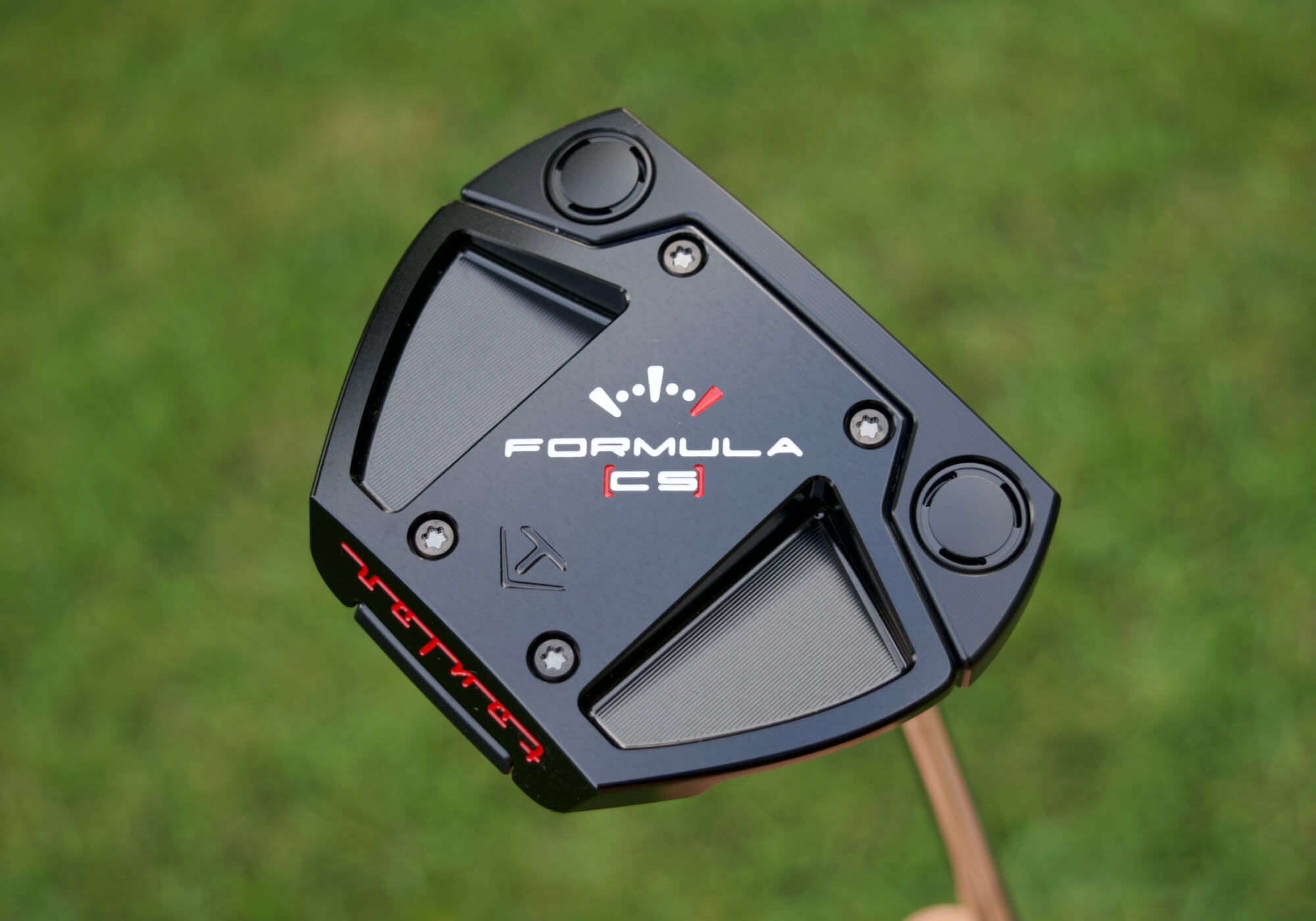
In terms of torque, the Toulon Formula [CS] putter is low-torque and face-balanced. Though face-balanced putters are not prone to excess rotation, torque rotation is still present.
This little bit of natural head rotation will make the Toulon Formula [CS] feel familiar to face-balanced mallet players.
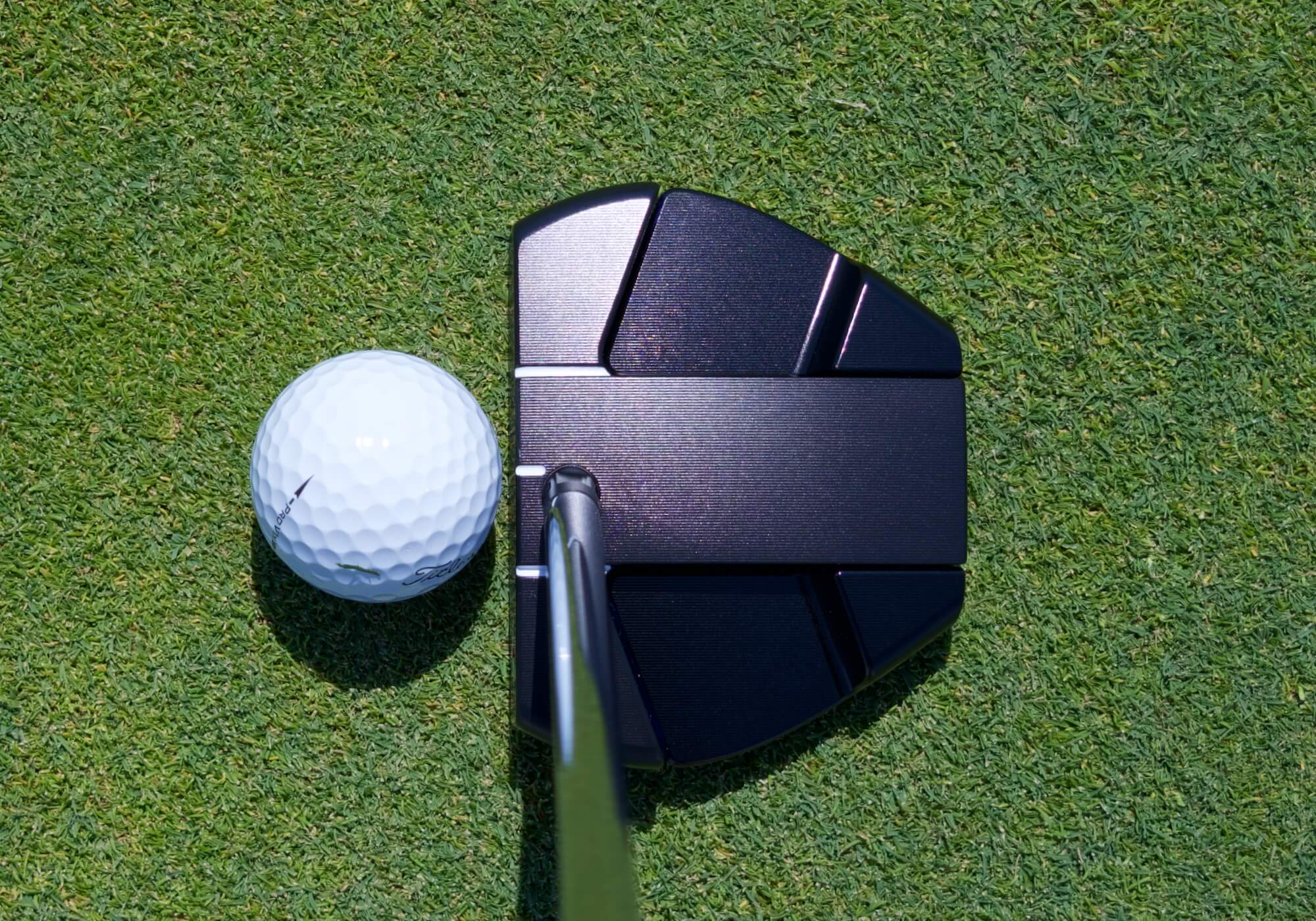
One of the interesting features for all three putters is that the three alignment lines are toward the face rather than along the body. The outer two lines are the same on all three models, with the middle line getting longer as the shaft position changes.
Since the shaft of the Toulon Formula [CS] is the most toward the front, this model has the shortest center line.
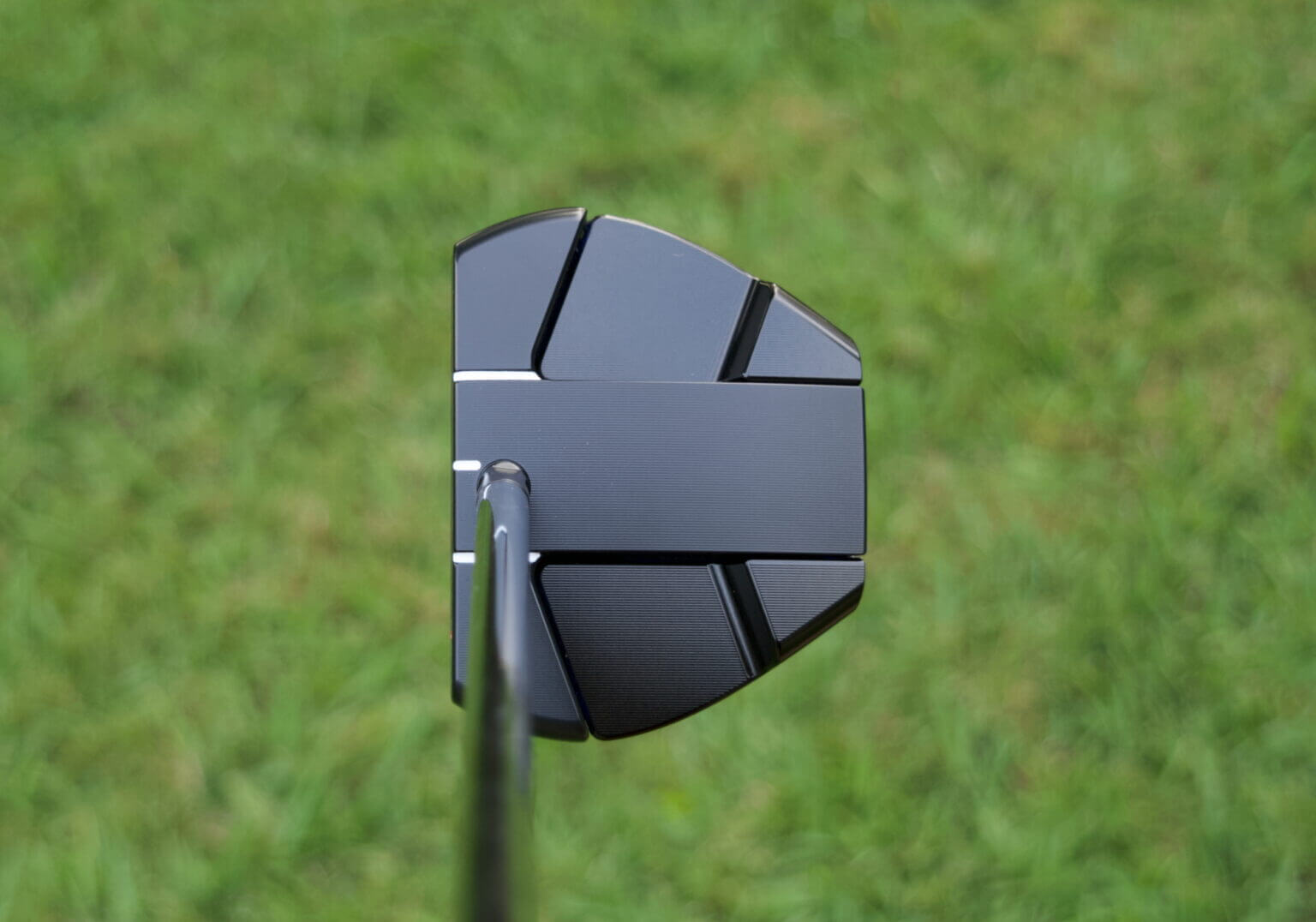


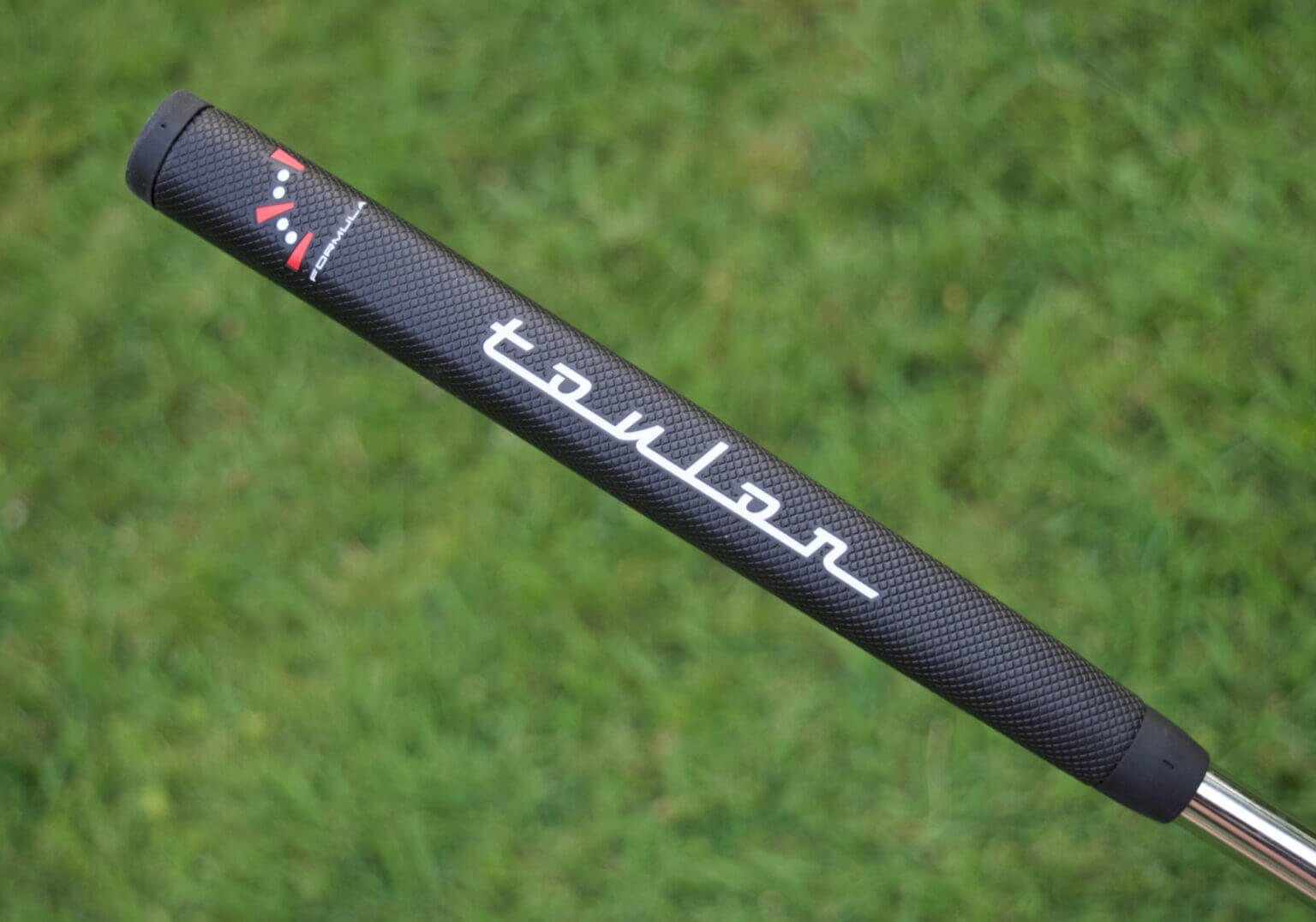
jQuery( document ).ready( function( $ ) {
var slides = $( ‘#mgs_gallery_68891a58d55cb .mgs-gallery-images .mgs-gallery-image’ ).length;
if ( slides 6 ) {
slides = 6;
}
$( ‘#mgs_gallery_68891a58d55cb .mgs-gallery-images’ ).slick( {
slidesToShow: 1,
slidesToScroll: 1,
fade: true,
prevArrow: ‘‘,
nextArrow: ‘‘,
asNavFor: ‘#mgs_gallery_68891a58d55cb .mgs-gallery-thumbs’,
swipe: false,
mobileFirst: true,
} );
$( ‘#mgs_gallery_68891a58d55cb .mgs-gallery-thumbs’ ).slick( {
slidesToShow: ( slides – 1 ), //less than number of slides, so it always shows infinite scroll (bugfix)
slidesToScroll: 1,
arrows: false,
asNavFor: ‘#mgs_gallery_68891a58d55cb .mgs-gallery-images’,
centerMode: true,
focusOnSelect: true,
infinite: true,
mobileFirst: true,
responsive: [
{
breakpoint: 1023,
settings: {
slidesToShow: 3,
},
}, {
breakpoint: 600,
settings: {
slidesToShow: 1,
},
},
],
} );
$( ‘#mgs_gallery_68891a58d55cb’ ).magnificPopup( {
delegate: ‘.mgs-gallery-trigger’,
type: ‘image’,
gallery: {
enabled: true,
arrowMarkup: ‘‘,
},
} );
} );
Toulon Formula [90]
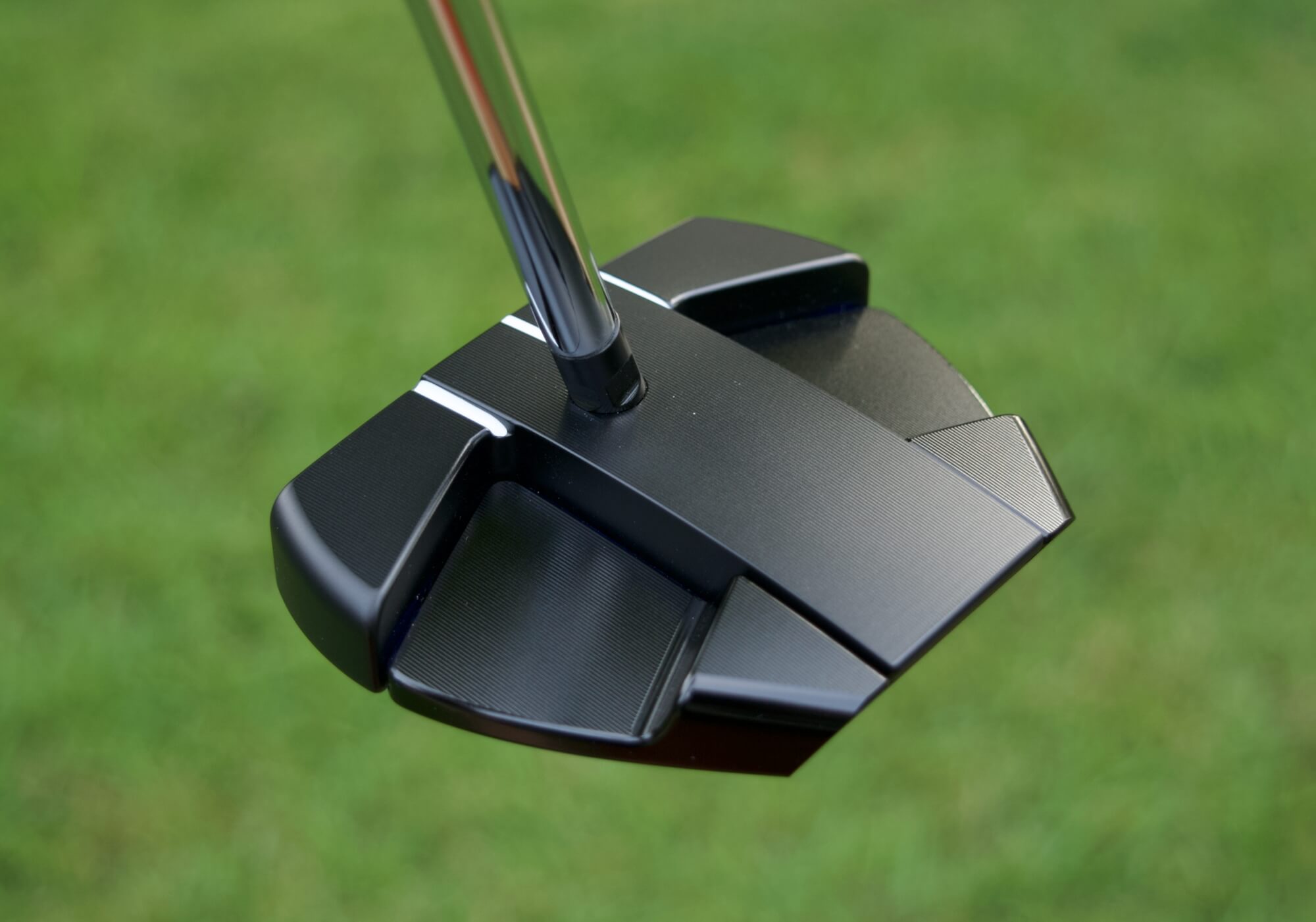
The other “modern standard” model in the Formula putter line is the zero-torque Toulon Formula [90]. Toulon followed the fairly common zero-torque recipe of having the shaft insert into the head at the center of gravity. This design essentially eliminates rotation about the shaft.
The toe hang of the Toulon Formula [90] is predominantly toe-up but you can also balance it at other angles as well. The lack of torque allows it to just sit just about anywhere in the 360-degree rotational range.
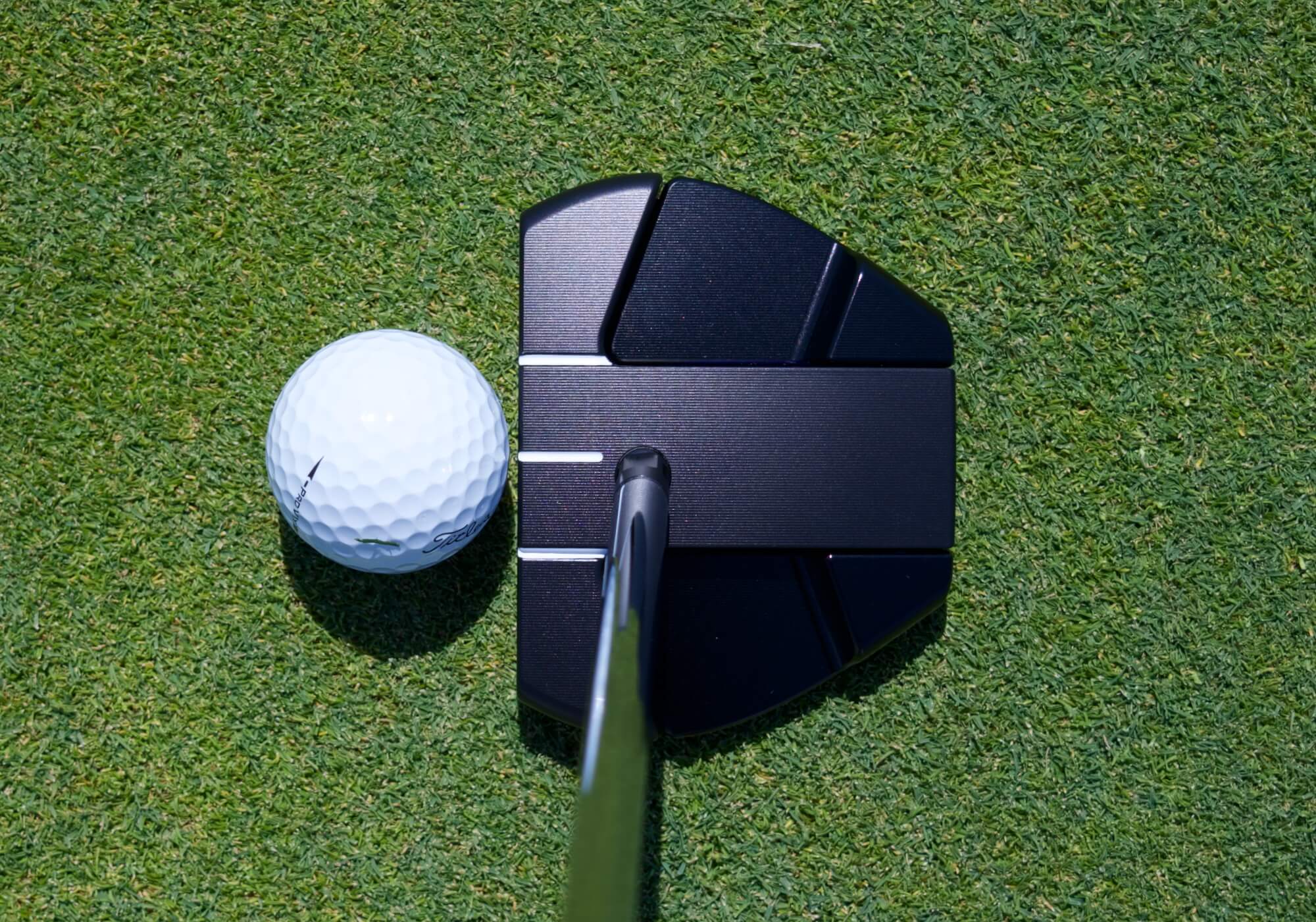
The Toulon Formula [90] has the most rearward shaft position of the three models, facilitating the longest central targeting line. The shaft is built with just a bit of forward lean (0.7°) allowing you to use a standard grip on the Toulon Formula [90].
Stock head weight is 370 grams with a loft of three degrees and a lie of 70 degrees. Loft can be adjusted +/- 1° and lie adjustments of +/- 2° are possible.
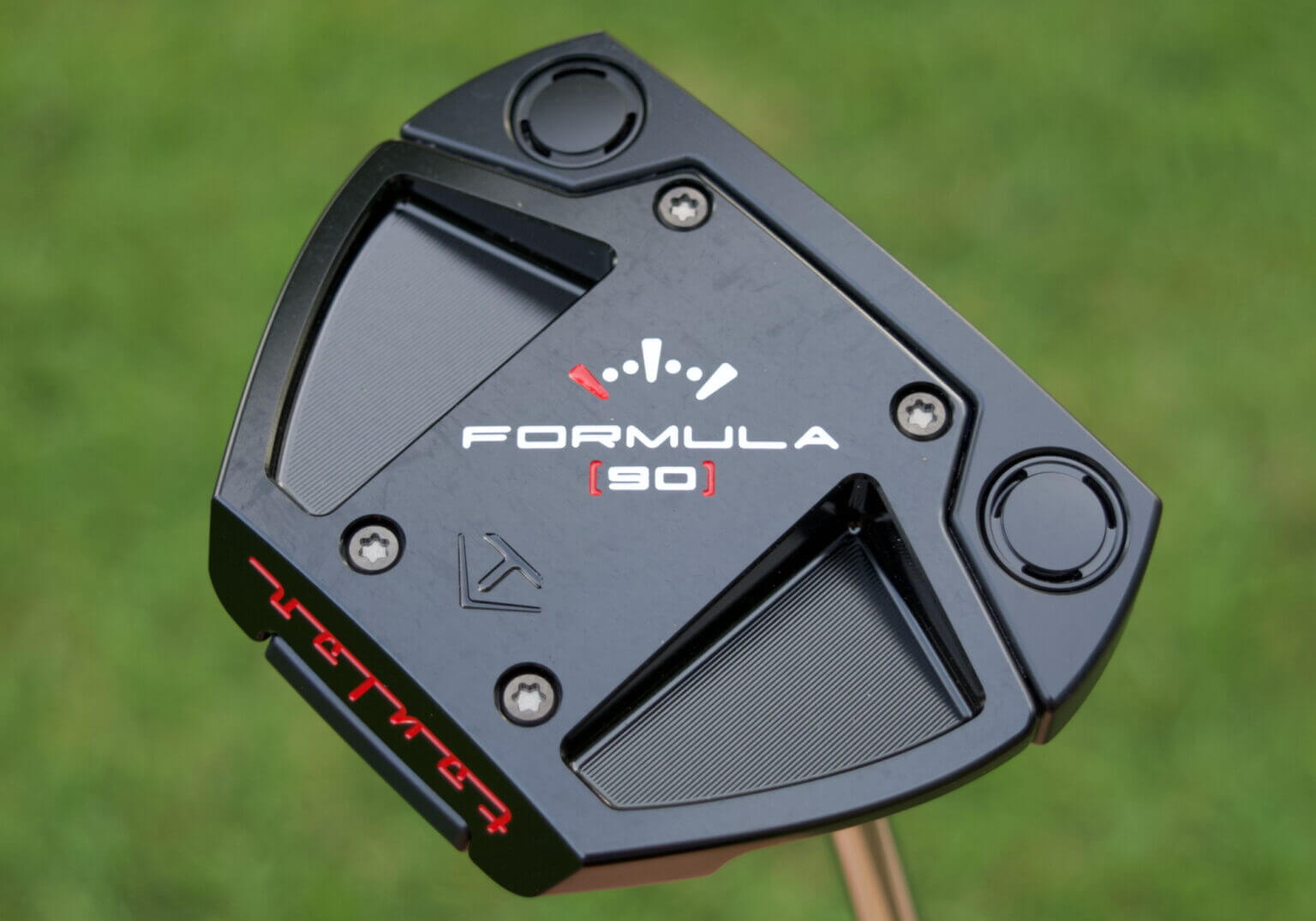
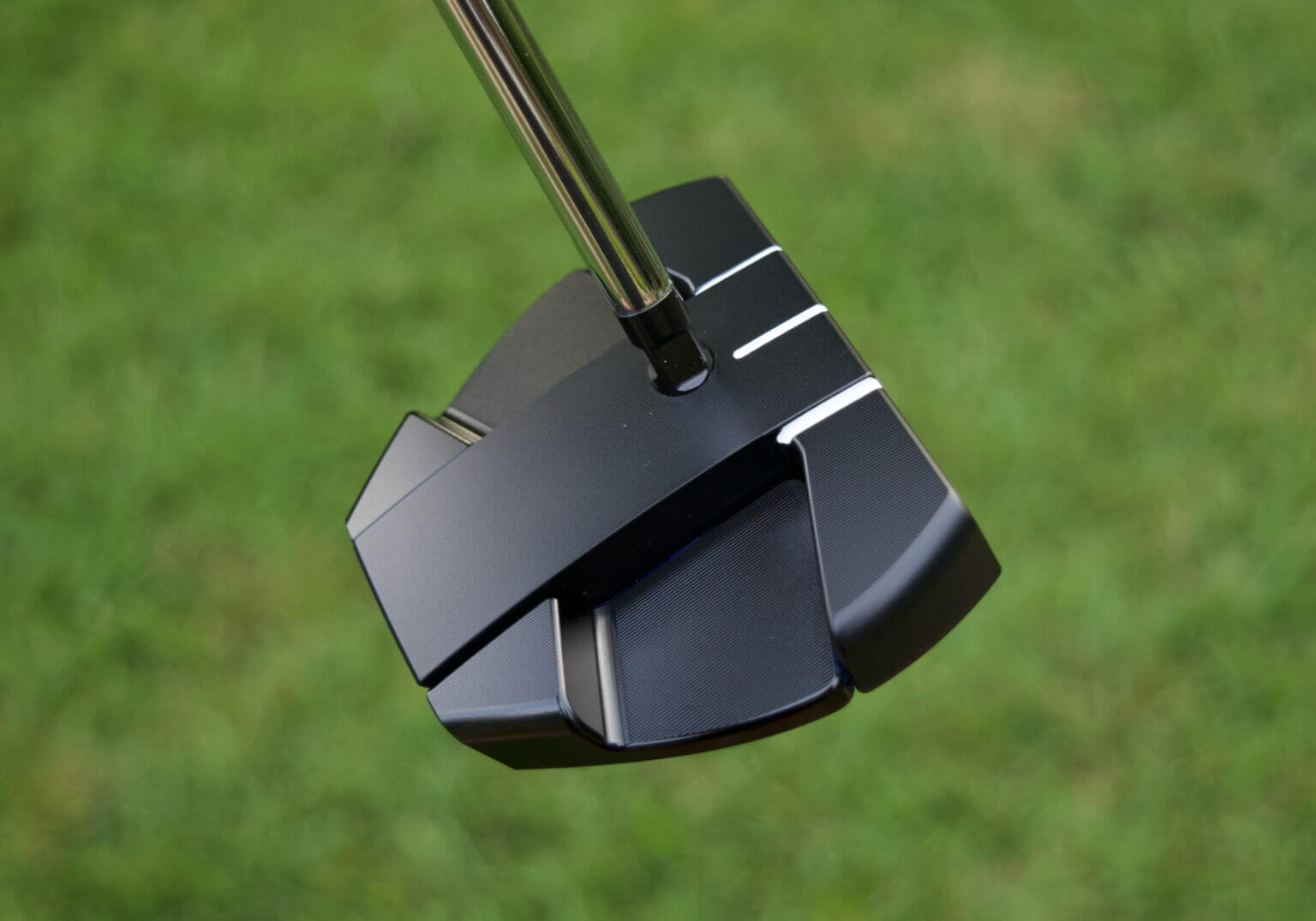
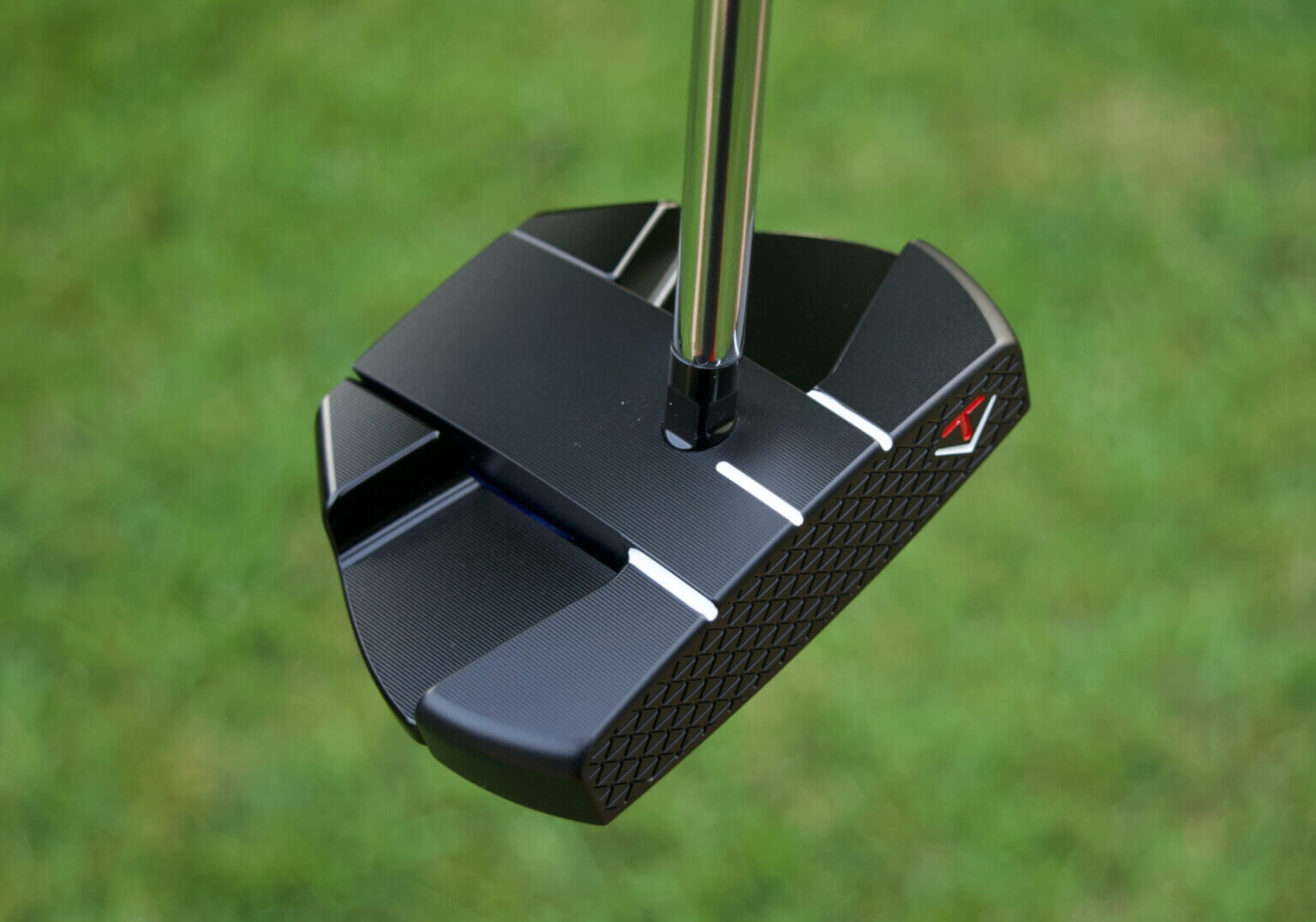
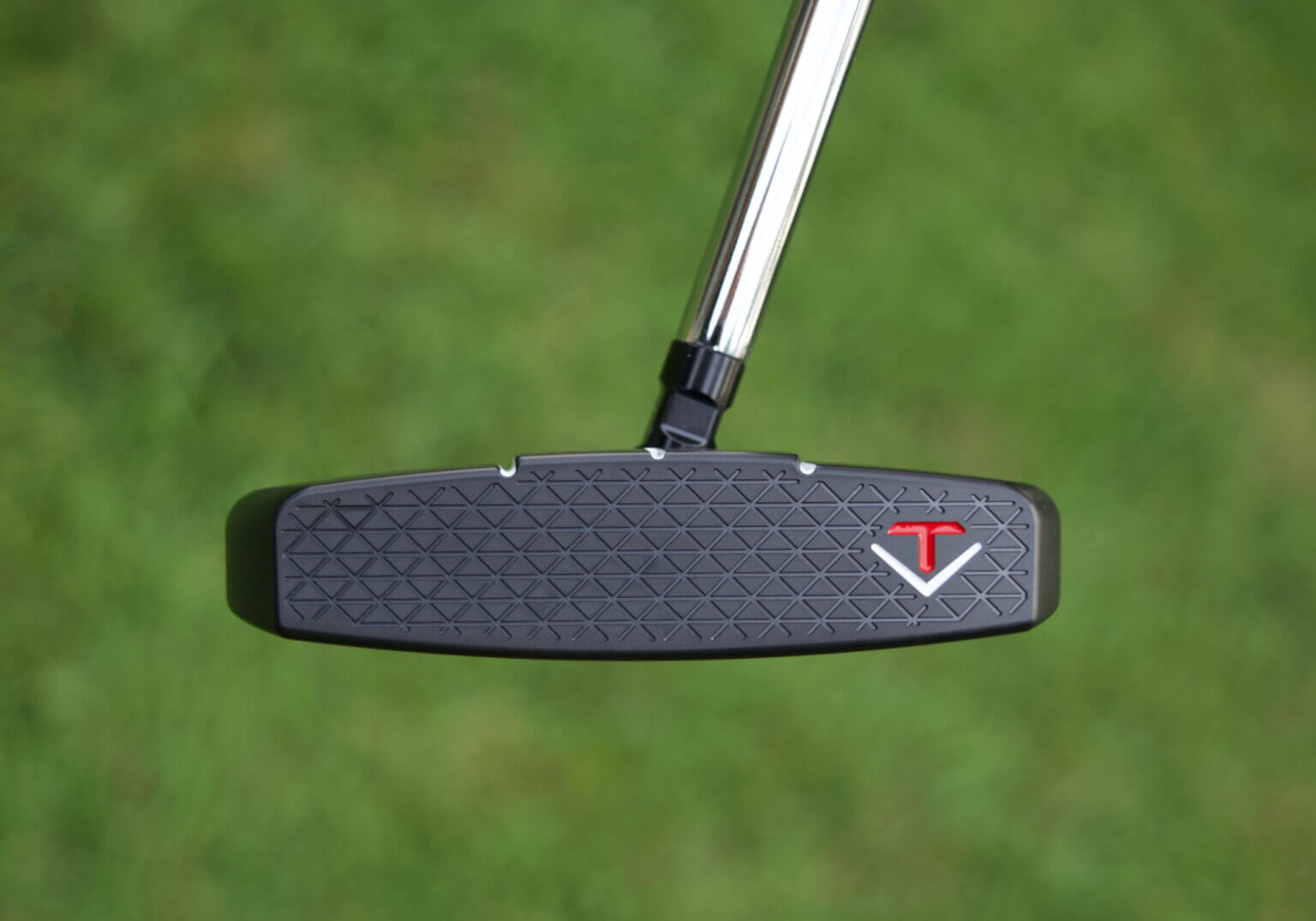
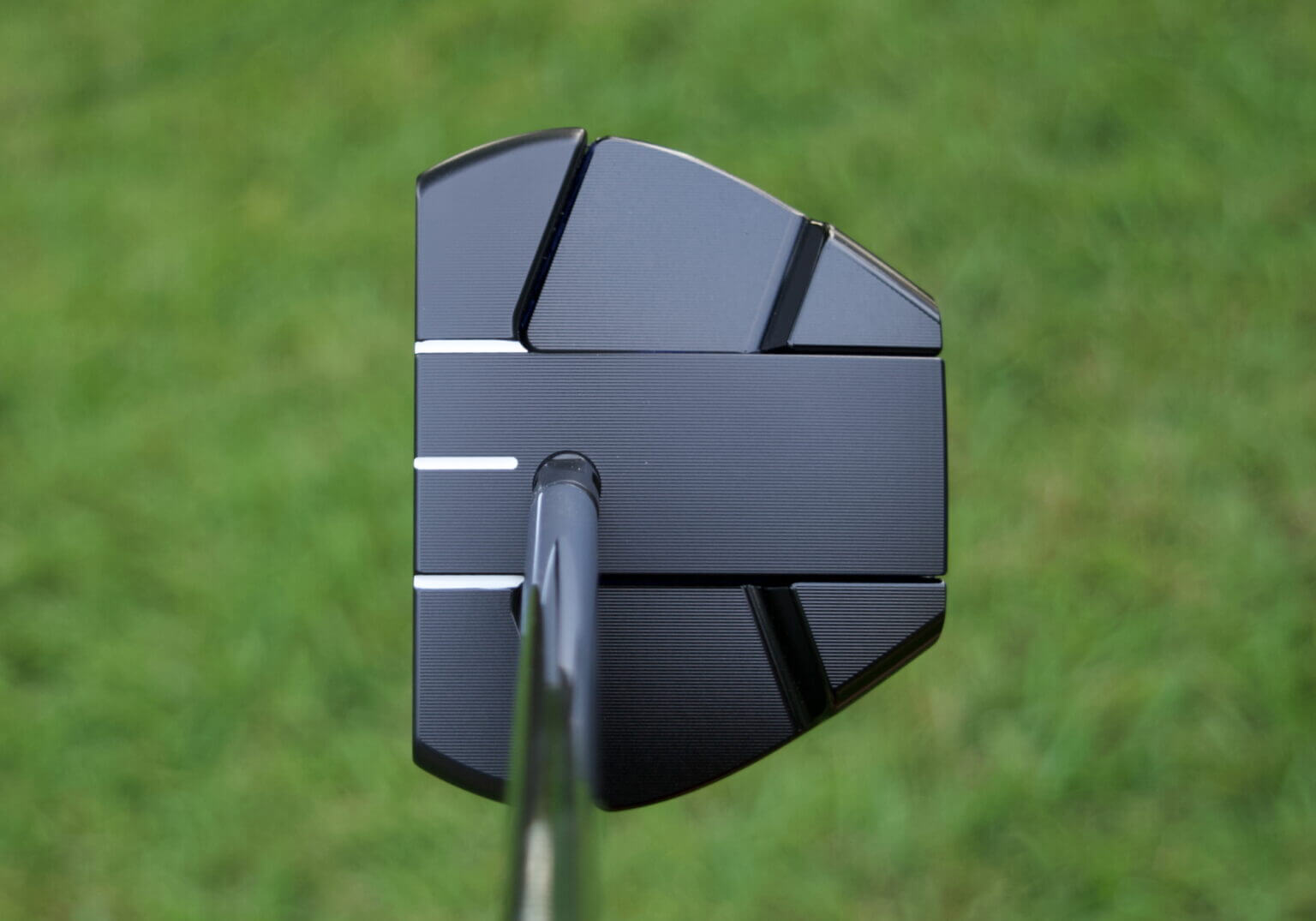
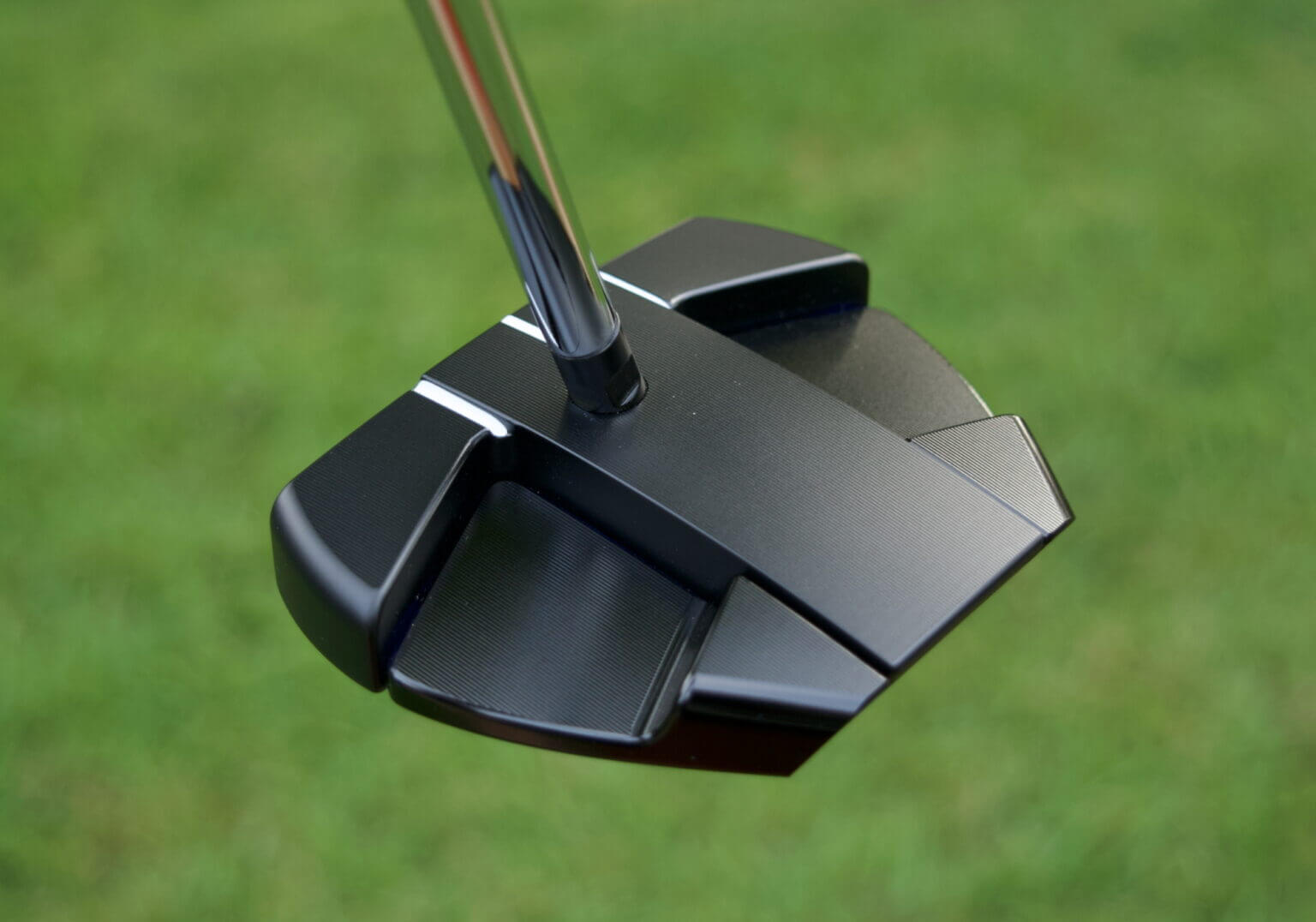
jQuery( document ).ready( function( $ ) {
var slides = $( ‘#mgs_gallery_68891a58d69b7 .mgs-gallery-images .mgs-gallery-image’ ).length;
if ( slides 6 ) {
slides = 6;
}
$( ‘#mgs_gallery_68891a58d69b7 .mgs-gallery-images’ ).slick( {
slidesToShow: 1,
slidesToScroll: 1,
fade: true,
prevArrow: ‘‘,
nextArrow: ‘‘,
asNavFor: ‘#mgs_gallery_68891a58d69b7 .mgs-gallery-thumbs’,
swipe: false,
mobileFirst: true,
} );
$( ‘#mgs_gallery_68891a58d69b7 .mgs-gallery-thumbs’ ).slick( {
slidesToShow: ( slides – 1 ), //less than number of slides, so it always shows infinite scroll (bugfix)
slidesToScroll: 1,
arrows: false,
asNavFor: ‘#mgs_gallery_68891a58d69b7 .mgs-gallery-images’,
centerMode: true,
focusOnSelect: true,
infinite: true,
mobileFirst: true,
responsive: [
{
breakpoint: 1023,
settings: {
slidesToShow: 3,
},
}, {
breakpoint: 600,
settings: {
slidesToShow: 1,
},
},
],
} );
$( ‘#mgs_gallery_68891a58d69b7’ ).magnificPopup( {
delegate: ‘.mgs-gallery-trigger’,
type: ‘image’,
gallery: {
enabled: true,
arrowMarkup: ‘‘,
},
} );
} );
Toulon Formula [45]
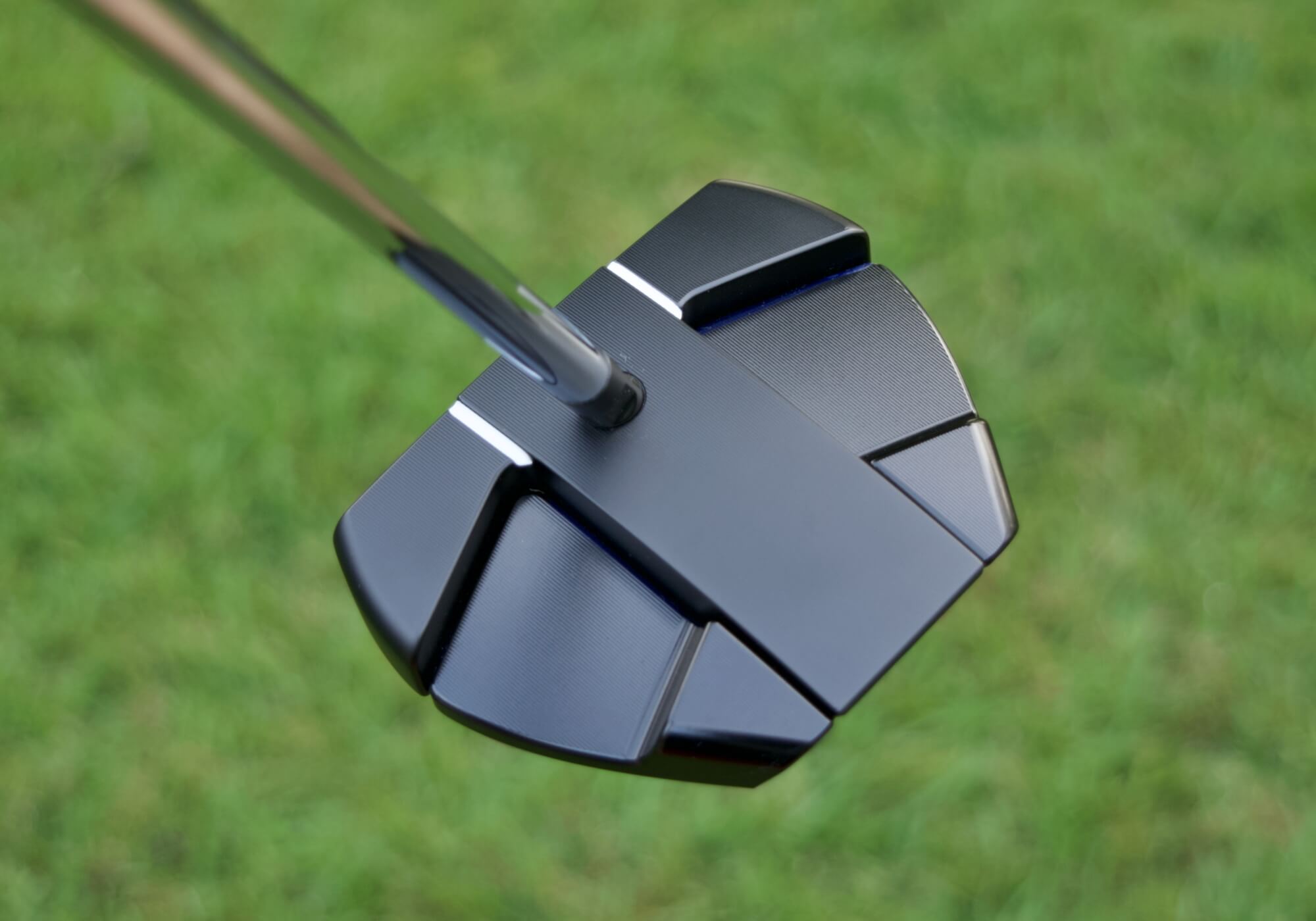
After reading what I wrote at the beginning of this article, some of you probably skipped ahead to the Toulon Formula [45]. I can’t blame you. If you bought and broke up with a zero-torque putter, you are probably looking for a new soulmate.
The Toulon Formula [45] is a new take on torque and could be your new putting partner.
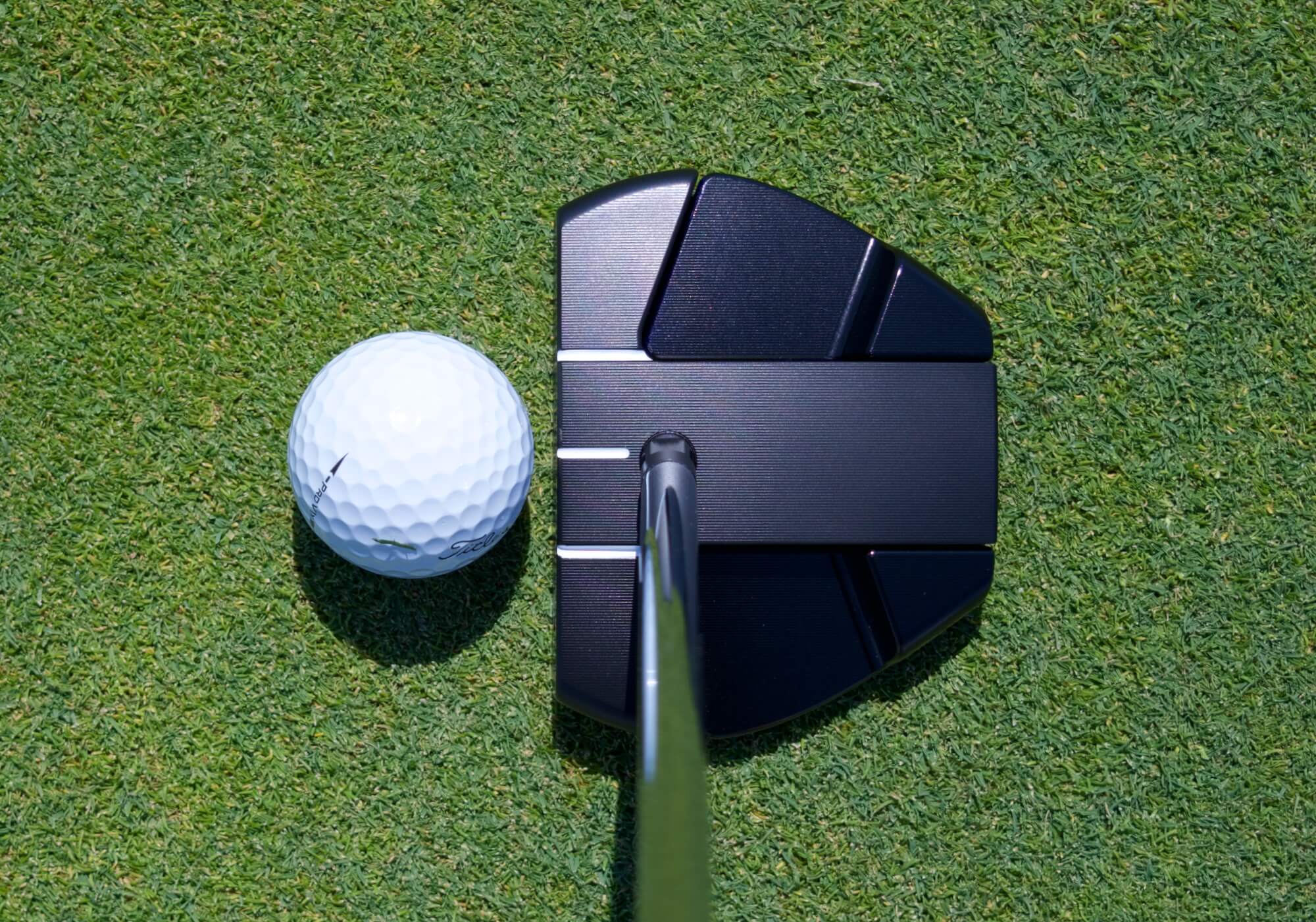
The hosel insertion point for the Toulon Formula [45] is behind that of the Toulon Formula [CS] and in front of the Toulon Formula [90]. Since the hosel insertion point determines the torque, this means the torque of the Toulon Formula [45] sits between those two putters and so does its toe hang.
(I’d say it’s the Jan Brady of torque but only Mr. Barba would get that dated reference.)
In the history of putters, most putters have a horizontal toe hang (face-balanced) or they hang at an angle below horizontal.
Many of the new torque-balanced putters have expanded the toe-hang range by having their toes point straight up. Toe-up is not a new design but that toe hang has never been more common than it is today.
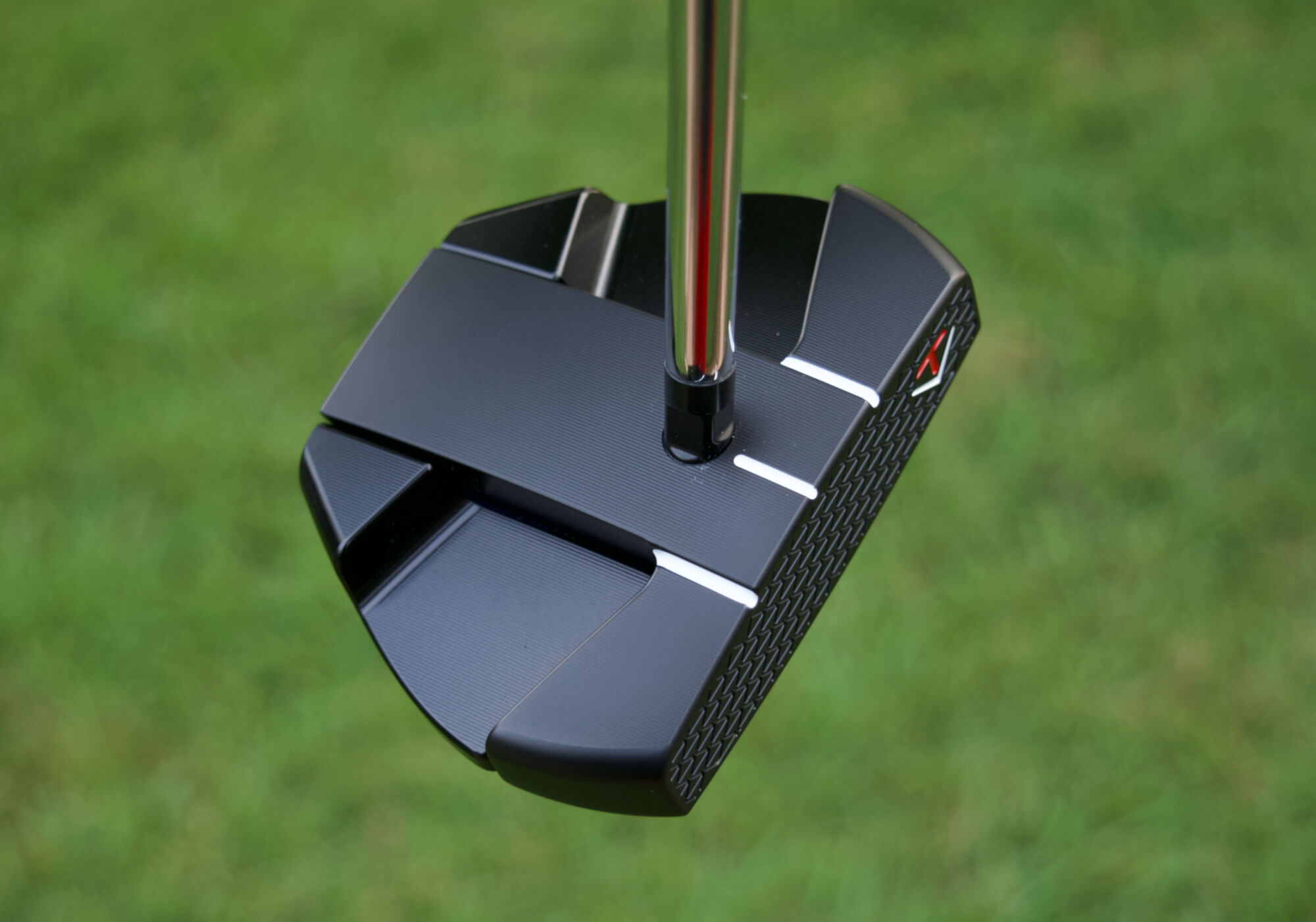
The Toulon Formula [45] has a toe hang that is 45 degrees above horizontal. I don’t even know if that qualifies as “hang” since it is going up rather than down.
Maybe I should say that it has 45 degrees of toe float instead.
Why did Toulon make a putter with toe hang of 45 degrees?
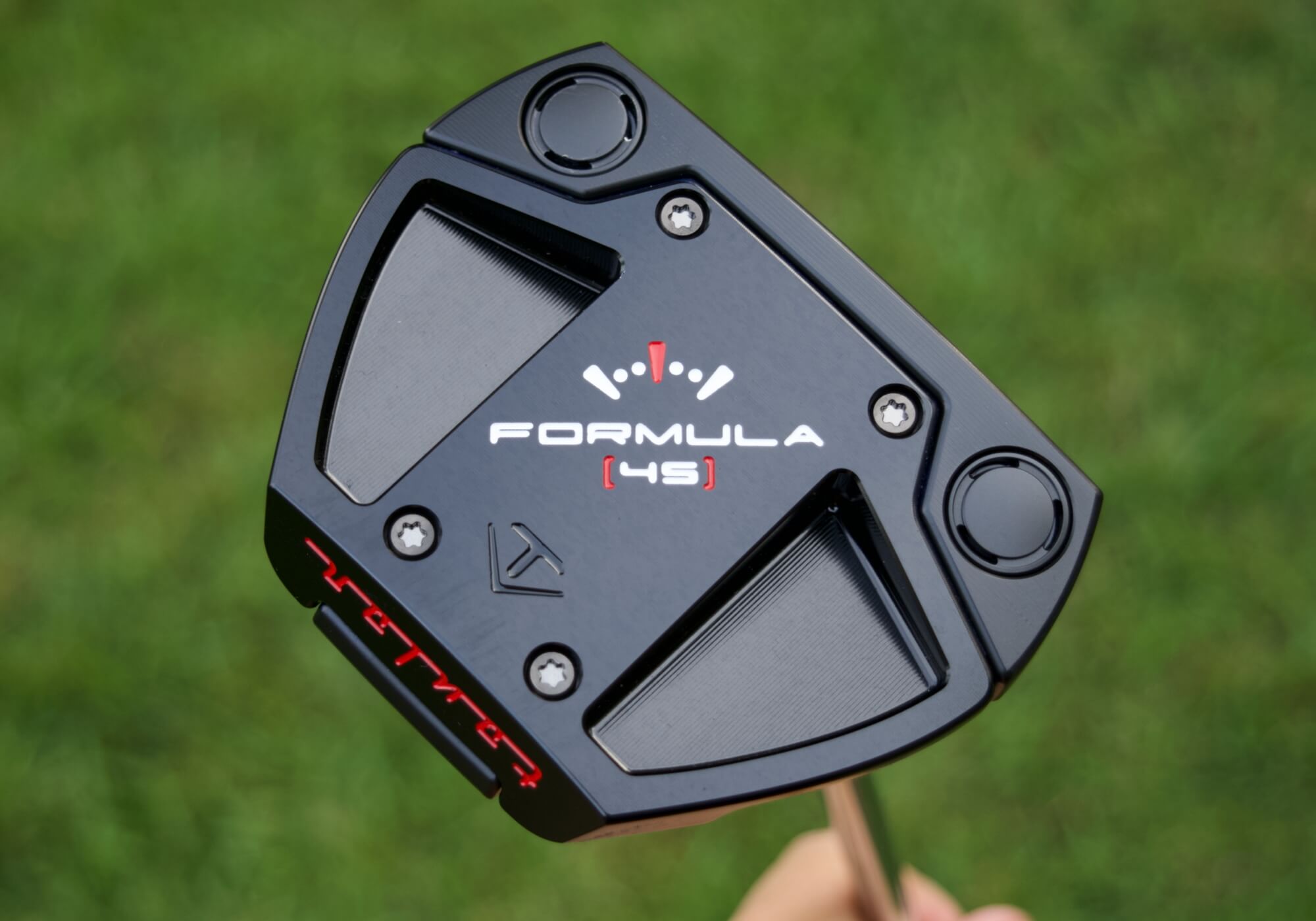
Part of Toulon’s design motivation came after identifying that this was uncharted ground in terms of putter design. No other companies are making putters with 45-degree up toes.
I’ve not seen a putter hang like this in modern times. Maybe someone made one in the past, probably PING. If they did, it was made a long time ago.
Getting back to the main question: Do we need a putter with 45-degree up toe hang?
I’m all for pure science. If Toulon wanted to make the Toulon Formula [45] purely as an experimental endeavor, I support them. Though the Toulon family is collectively very intelligent, they are a business, not a think tank. They made the Toulon Formula [45] because they saw an opening in the marketplace.
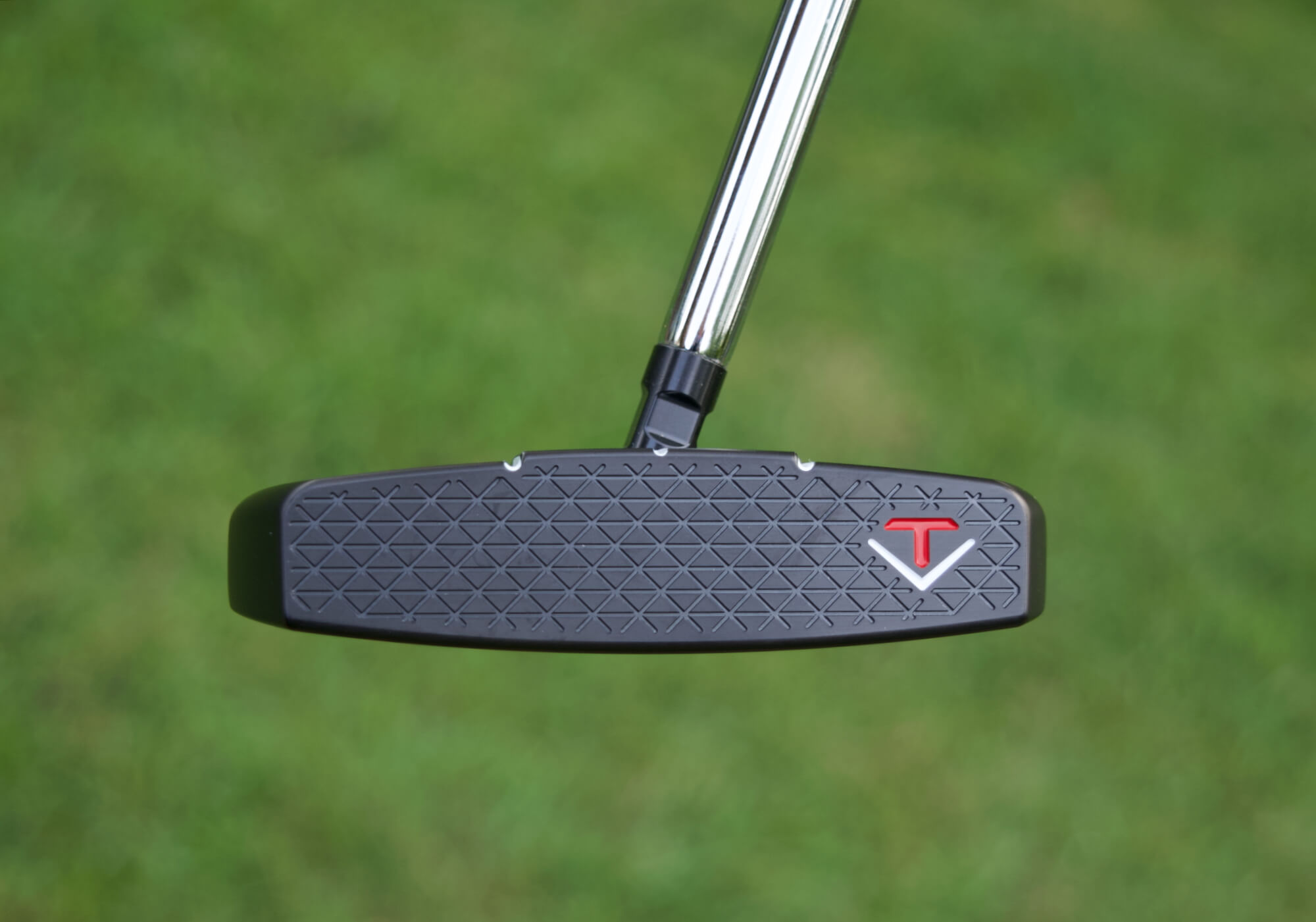
Toulon produced the Toulon Formula [45] as a transition putter between face-balanced putters and zero-torque putters. Are you currently using a face-balanced putter and want to see how you putt with less torque? Try the Toulon Formula [45].
The larger customer pool will come to the Toulon Formula [45] from the other direction. Quite a few golfers purchased zero-torque putters only to find that they don’t putt well with them.
Zero-torque putters are an answer for some, but not all. Maybe you still need just a smidgen of torque to putt your best. Now you have entered Toulon Formula [45] country.
I am very curious to see how the Toulon Formula [45] plays out in the marketplace. Will it end up leading the way to a new breed of putters or will the Toulon Formula [45] just be a rejected hypothesis?
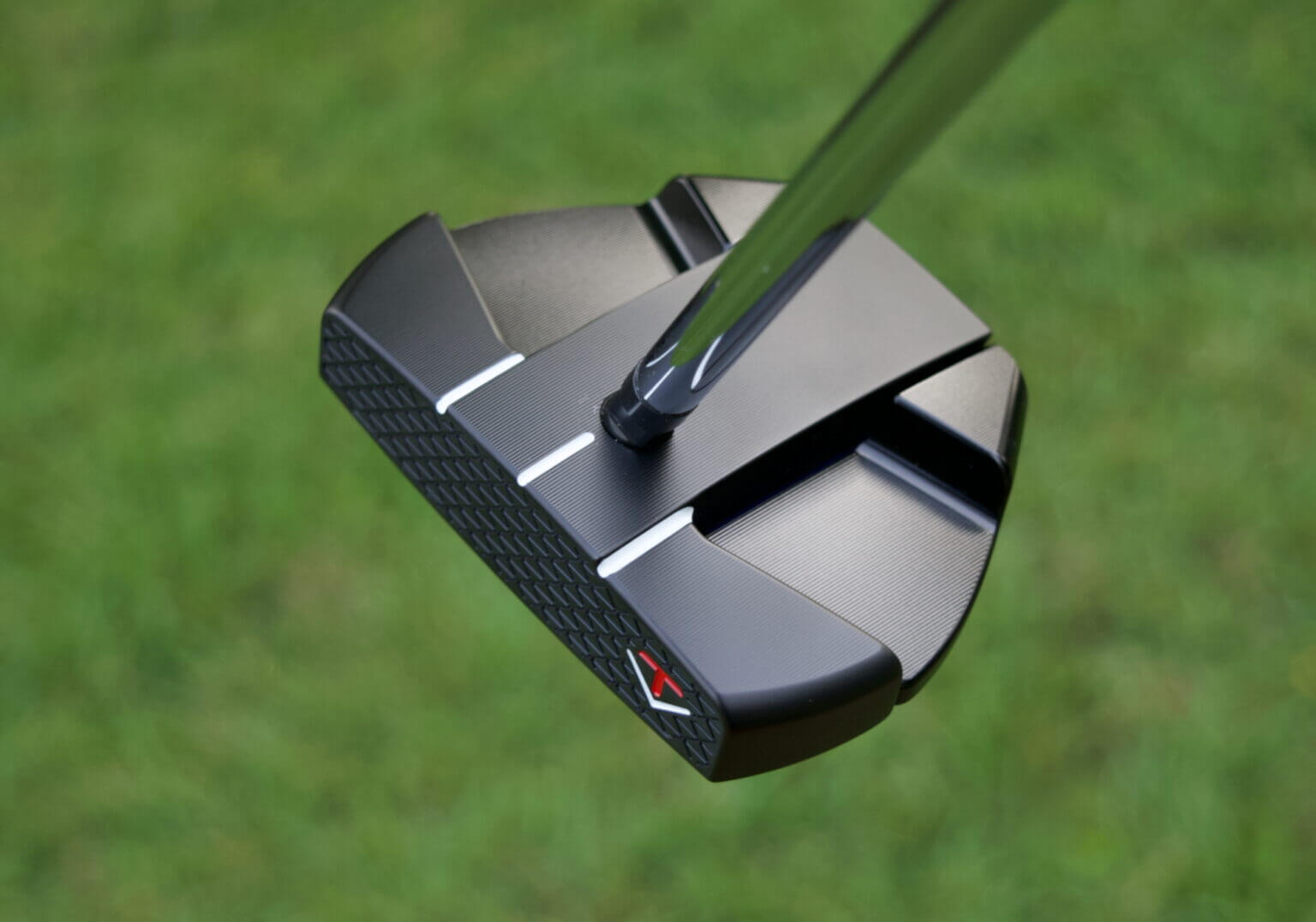

jQuery( document ).ready( function( $ ) {
var slides = $( ‘#mgs_gallery_68891a58d7c1a .mgs-gallery-images .mgs-gallery-image’ ).length;
if ( slides 6 ) {
slides = 6;
}
$( ‘#mgs_gallery_68891a58d7c1a .mgs-gallery-images’ ).slick( {
slidesToShow: 1,
slidesToScroll: 1,
fade: true,
prevArrow: ‘‘,
nextArrow: ‘‘,
asNavFor: ‘#mgs_gallery_68891a58d7c1a .mgs-gallery-thumbs’,
swipe: false,
mobileFirst: true,
} );
$( ‘#mgs_gallery_68891a58d7c1a .mgs-gallery-thumbs’ ).slick( {
slidesToShow: ( slides – 1 ), //less than number of slides, so it always shows infinite scroll (bugfix)
slidesToScroll: 1,
arrows: false,
asNavFor: ‘#mgs_gallery_68891a58d7c1a .mgs-gallery-images’,
centerMode: true,
focusOnSelect: true,
infinite: true,
mobileFirst: true,
responsive: [
{
breakpoint: 1023,
settings: {
slidesToShow: 3,
},
}, {
breakpoint: 600,
settings: {
slidesToShow: 1,
},
},
],
} );
$( ‘#mgs_gallery_68891a58d7c1a’ ).magnificPopup( {
delegate: ‘.mgs-gallery-trigger’,
type: ‘image’,
gallery: {
enabled: true,
arrowMarkup: ‘‘,
},
} );
} );
Rolling the Toulon Formula putters
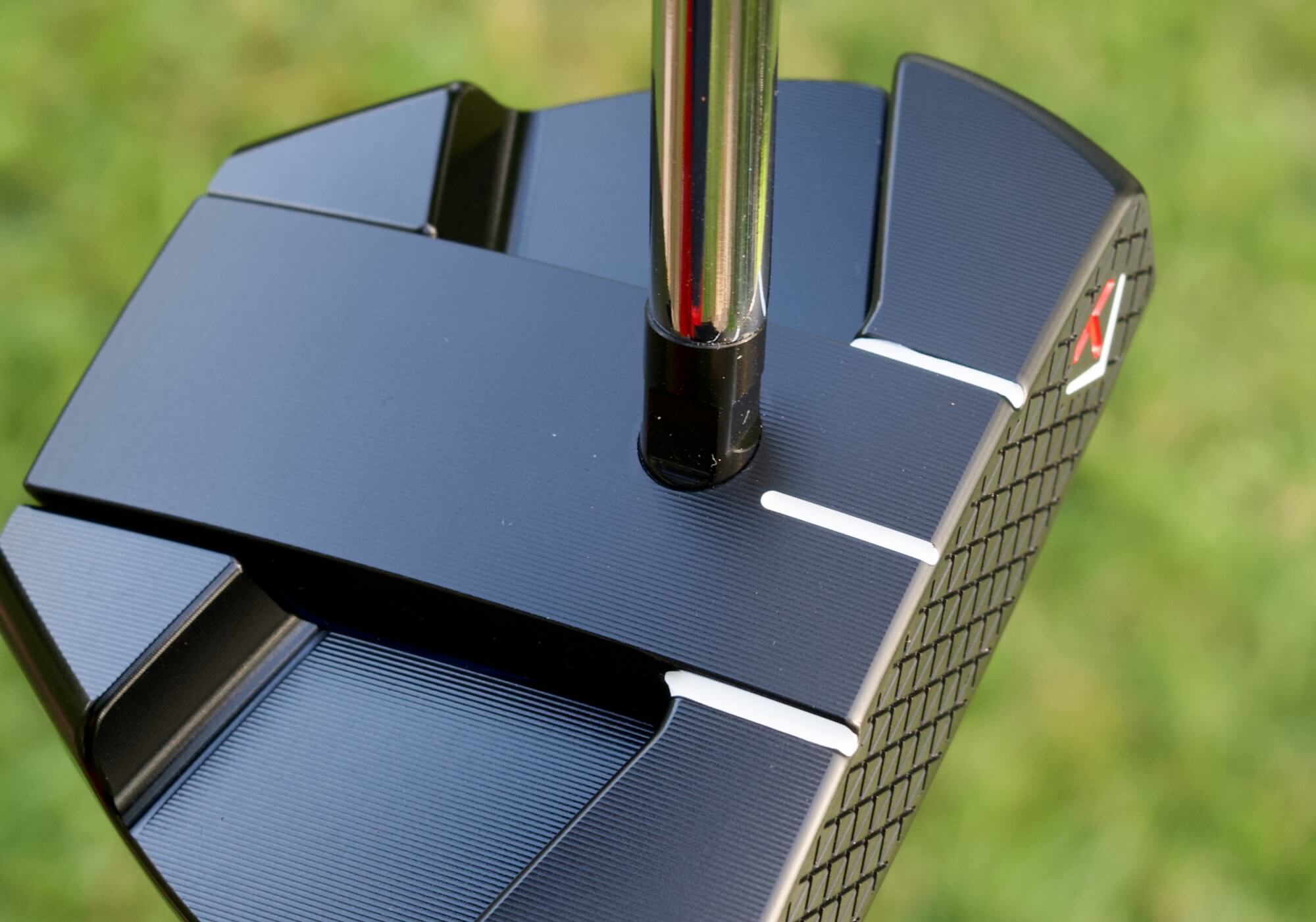
I’ve been rolling the Toulon Formula putters for the past couple of weeks and it has proven fascinating. Although they are very similar in appearance, the shaft position has a significant influence on play.
One thing I noticed is that as the shaft position moves back, the alignment scheme’s effectiveness improves. I love how the Toulon Formula [90] frames the ball at address. It reminds me in some ways of the alignment on the PING Ketsch and that is no small praise.
The alignment scheme still works on the Toulon Formula [CS] but it works better with the longer center line present on the Toulon Formula [45] and Toulon Formula [90].
All three of the putters have a pure feel at impact, even the zero-torque Toulon Formula [90]. Those of you who have dabbled with the zero-torque putters know that feel sometimes vanishes with torque.
The rewardingly rich feel of the Toulon Formula putters will make you want to practice your putting.
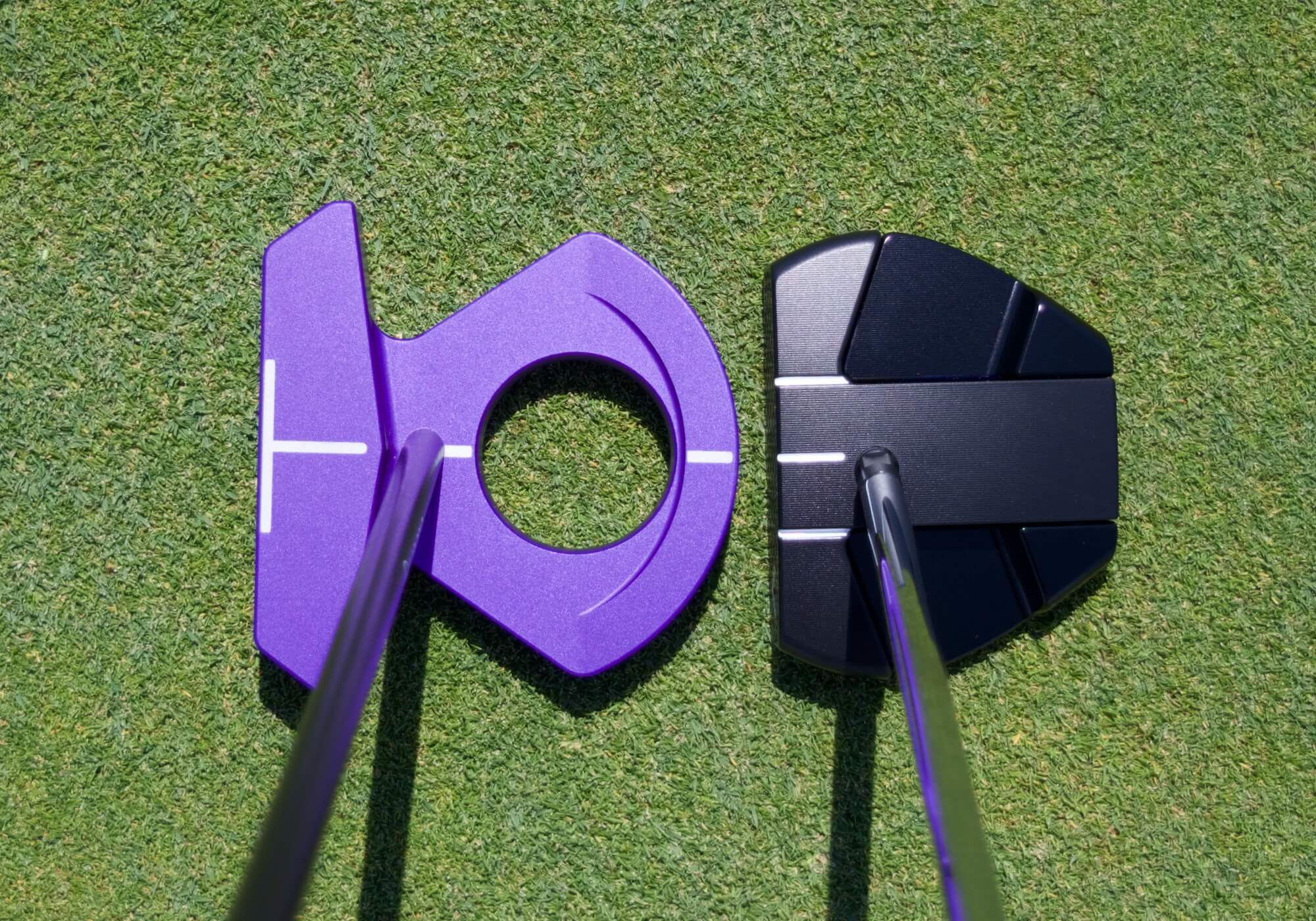
Rolling the Toulon Formula [90]
In terms of my torque match, I was the most proficient with the Toulon Formula [90]. This came as no surprise to me since I have played the L.A.B. Golf DF3 for the better part of the year.
Having played the DF3 for so long, the Toulon Formula [90] was immediately familiar. As a bonus, I found the Toulon Formula [90] a little hotter off the face than my DF3. Since my miss is usually on line but short, the extra pop was a nice surprise.
For reference, the Toulon Formula [90] is a little smaller than the DF3. The size of the Toulon Formula [90] is much closer to the L.A.B. Golf OZ.1.
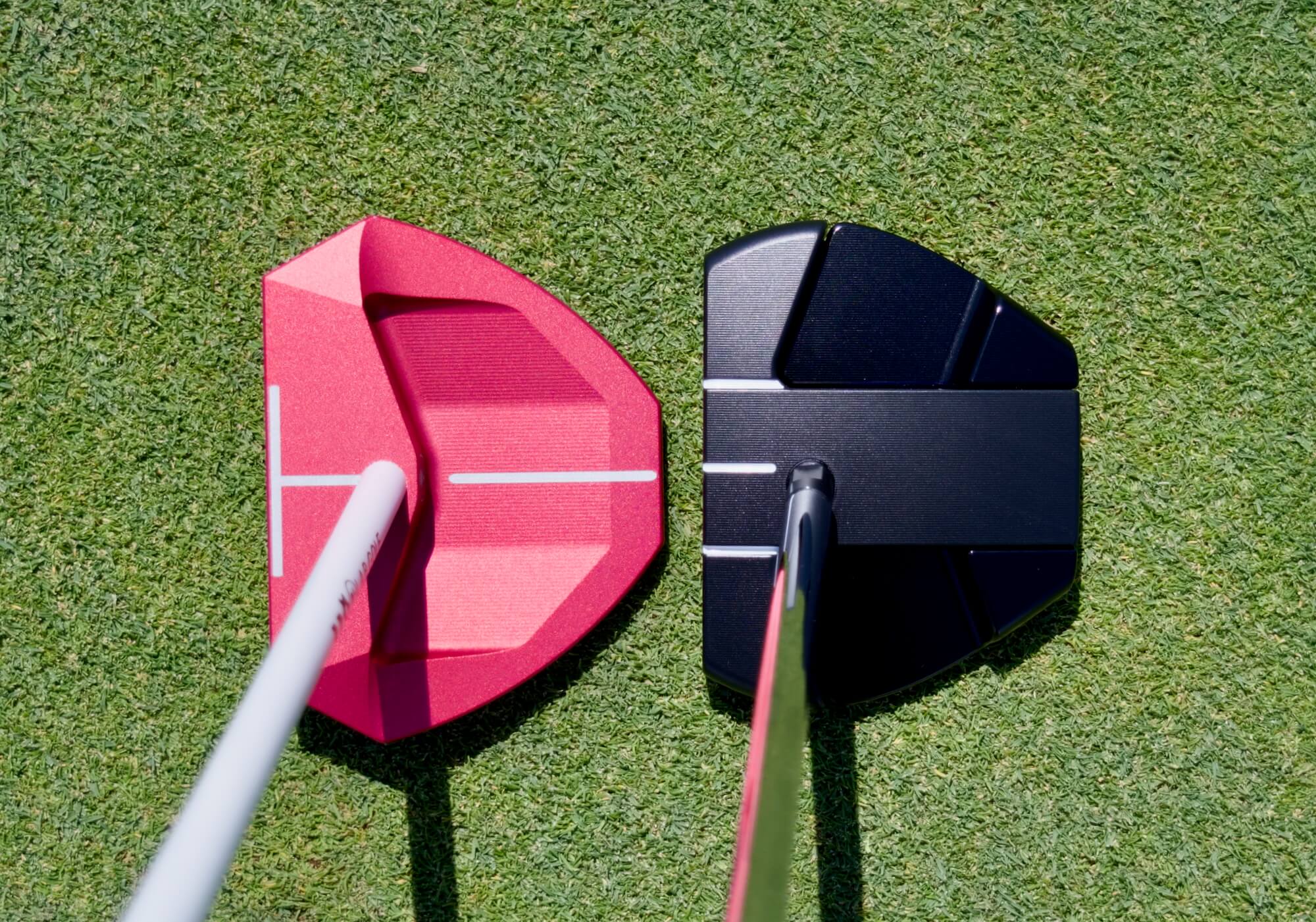
Rolling the Toulon Formula [CS]
Though it was not destined to become my life partner, the Toulon Formula [CS] was a great face-balanced mallet on the green. I fear it is the model that will get overlooked since its torque profile is not as exotic as the other two. That would be a shame, because it is excellent.
If you like center-shafted and face-balanced mallets, you need to try this putter. It is so easy to aim and insanely stable. Had it been part of the Toulon 2025 Collection, it would have been a standout. In this low-torque trio, it may be too mundane to grab its due attention.
Rolling the Toulon Formula [45]
The Toulon Formula [45] has me somewhat flummoxed. I love the way it feels when I swing it. Compared to the Toulon Formula [90], it feels more like a putter.
Success with a zero-torque putter often involves letting the putter do its thing. That is what I did with great success with the Toulon Formula [90].
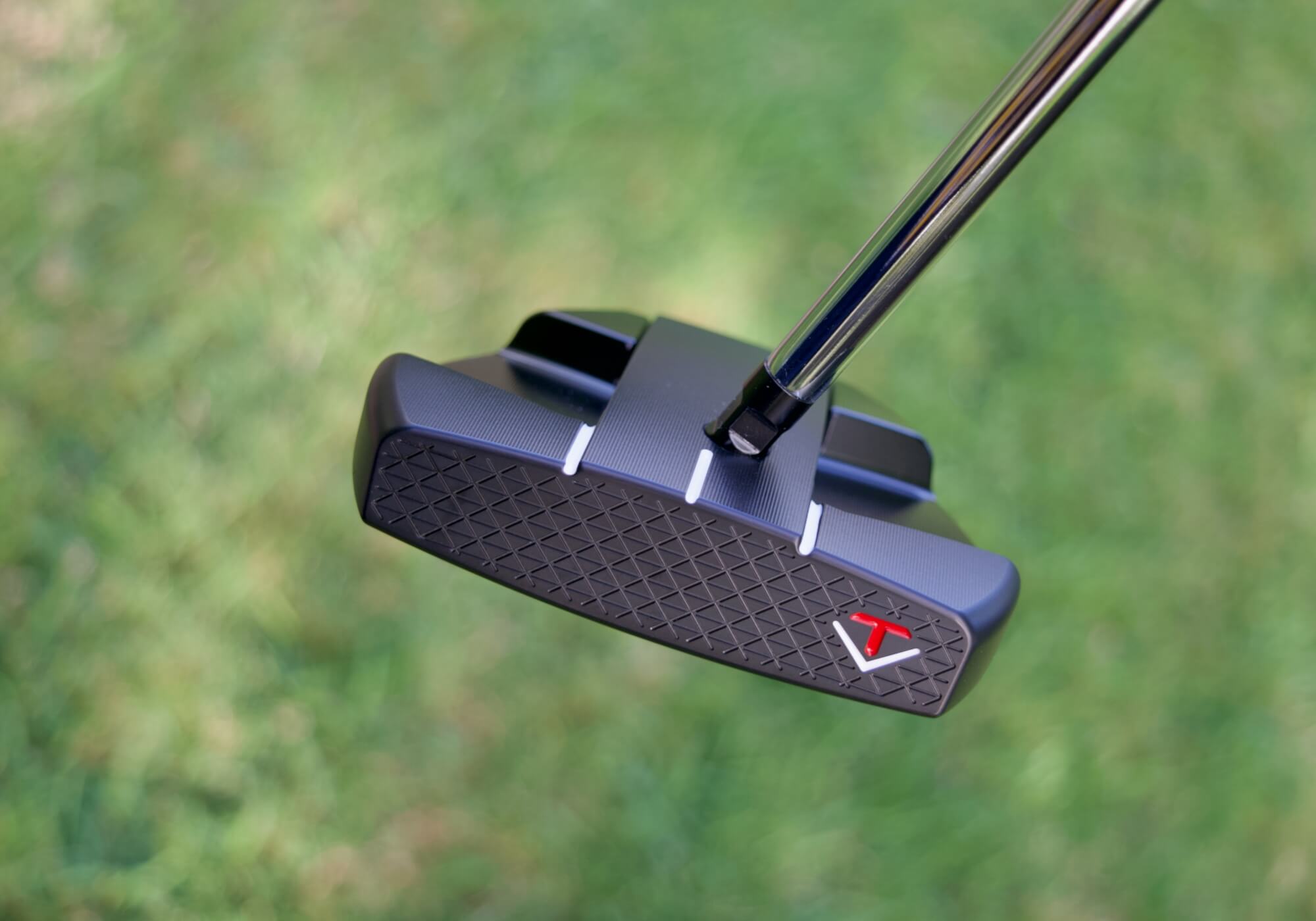
The Toulon Formula [45] wants you to steer the car a bit more. Not a lot more, but some. Think of it like the steering that a small kid does in the golf cart sitting in the lap of a parent. No big turns but the kid is technically driving.
For me, the difference between the Toulon Formula [90] and the Toulon Formula [45] was consistency. The Toulon Formula [90] delivered better distance and dispersal. It’s probably because I am already living the zero-torque lifestyle. In terms of feel, I preferred the Toulon Formula [45] but the Toulon Formula [90] was better on the scorecard.
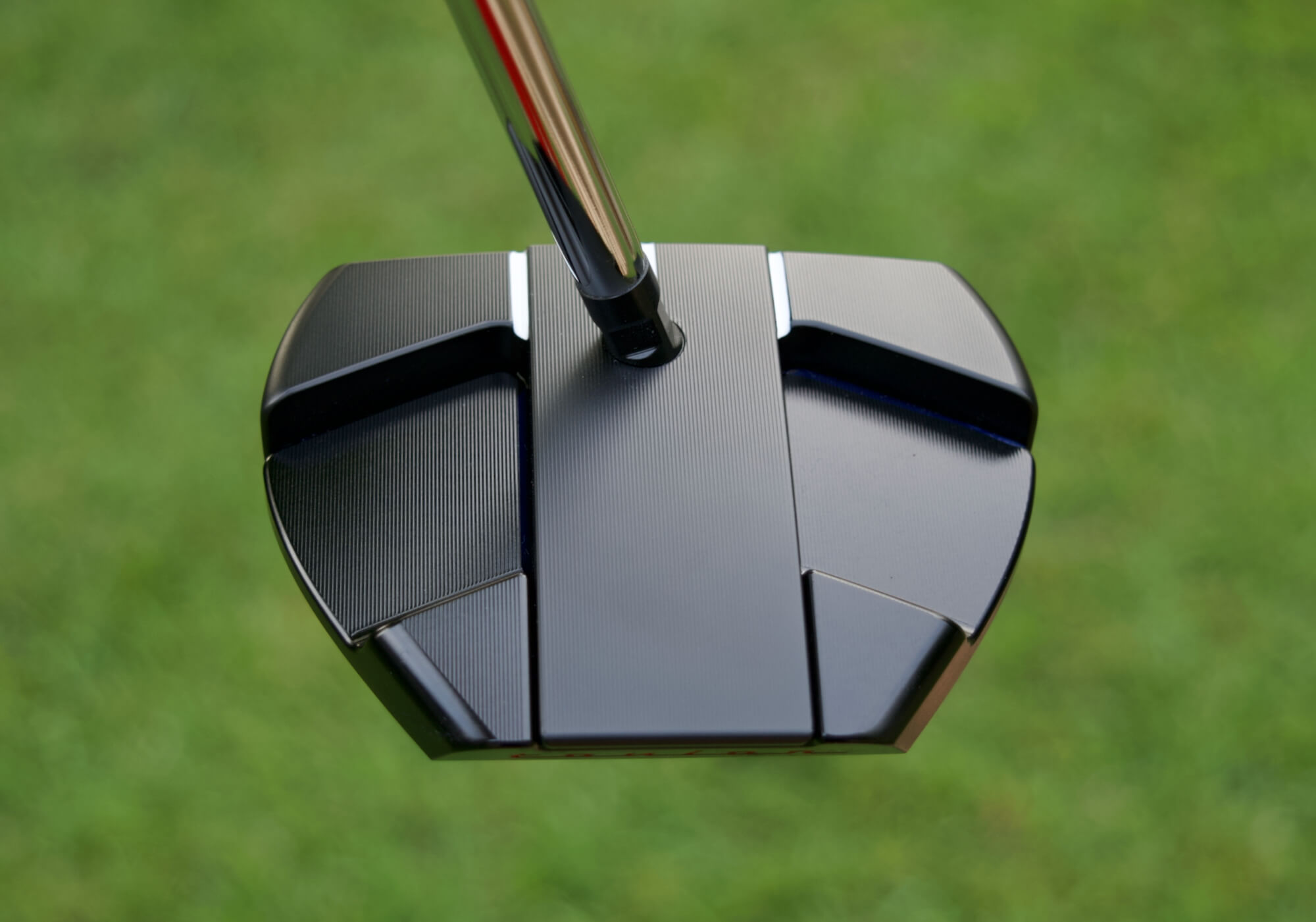
The feel of the Toulon Formula [90] and Toulon Formula [45] was so different that I had to go into the shop and check the swing weights. I would have sworn the Toulon Formula [90] was heavier but they were exactly the same.
That was when I started to think Toulon may be on to something with the Toulon Formula [45]. The Toulon Formula [90] is the model for me but I am confident the Toulon Formula [45] will fit the needs of a cohort of golfers who need a touch of the torque.
It will be interesting to see how many players find bliss with the Toulon Formula [45].
Final thoughts on the Toulon Formula putters
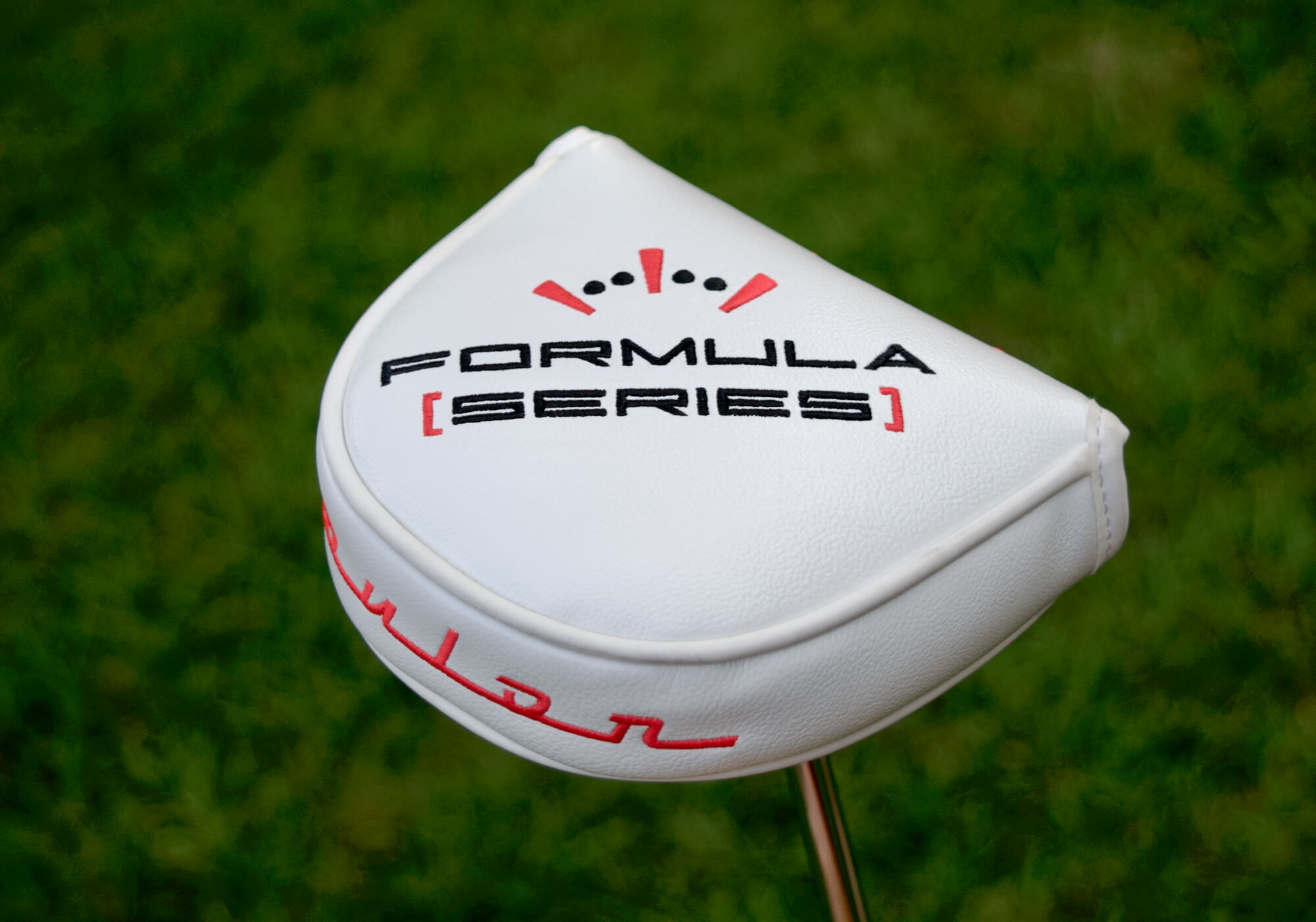
Had Toulon just rolled out the Toulon Formula [90], I don’t think it would have moved the needle much by itself. Don’t get me wrong, it’s great, and in my bag right now. If they made a Toulon Formula [90] in Porsche Paint to Sample Ultraviolet, I’d probably play it forever.
(Lies! I’m way too fickle for one stickle.)
Adding the Toulon Formula [CS] and especially the Toulon Formula [45] makes this release more significant and interesting.
Toulon is exploring the torque story rather than just capitalizing on a trend.
They could have just made the Toulon Formula [90] and sold lots. Adding the other two expands the putter design knowledge base and provides options for folks who don’t mesh with zero-torque.
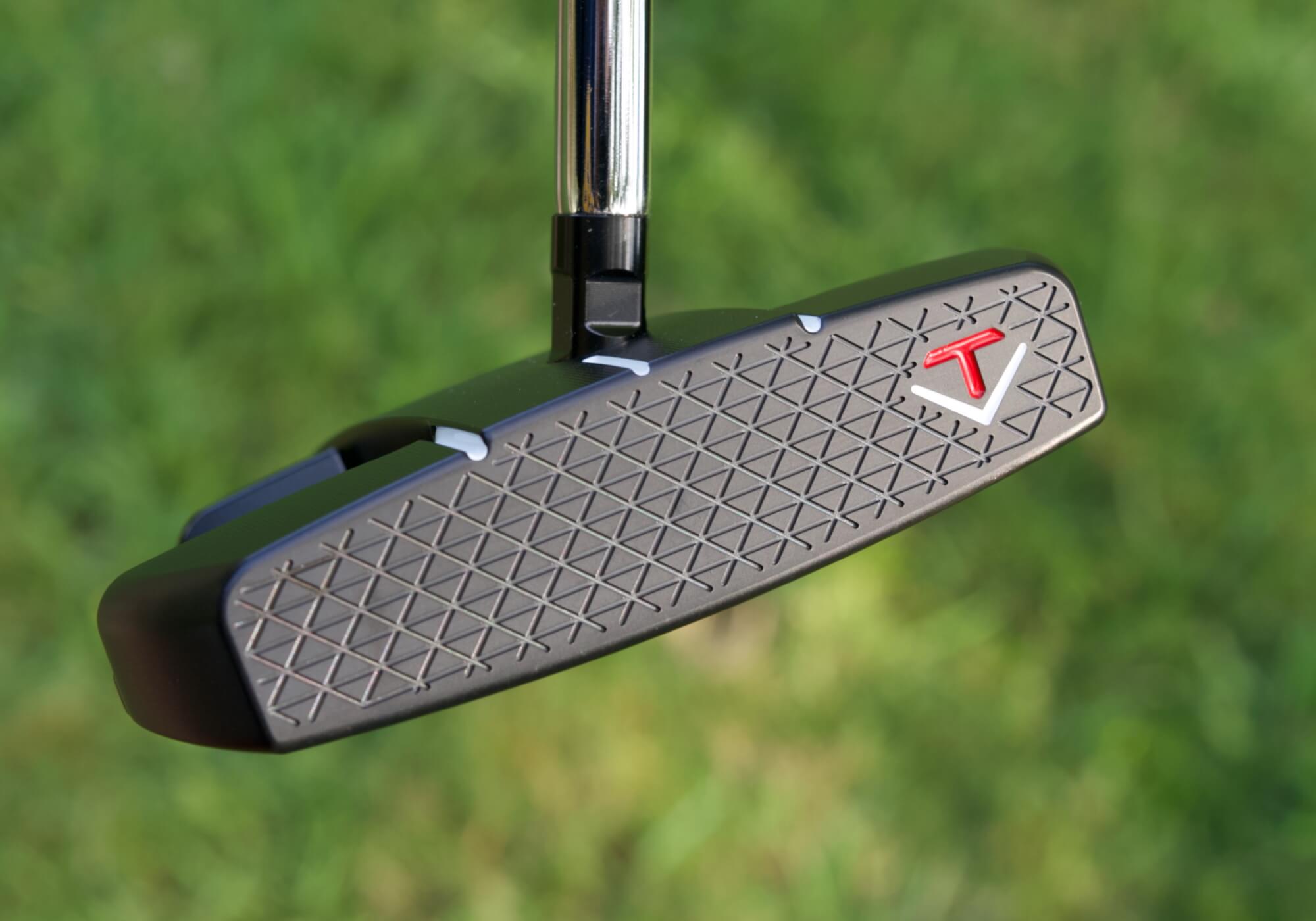
As one should expect, the Toulon Formula putters are not inexpensive. Toulon Golf is not a budget brand. The base price is $650. Add $20 if you want a black shaft and add $50 if you want a 38-inch counterbalanced version.
If you want to pull the trigger immediately, you can order one online. Should you want to roll them first, you can expect to find these in larger golf retailers like Golf Galaxy. Hopefully, a shop near you will have all three so you can roll them all.
That way you can see first-hand how much torque your stroke requires.
Find out more and order a Toulon Formula putter at toulongolf.com
The post Toulon Devises A New Putter Torque Formula appeared first on MyGolfSpy.
